Knowing the rivers of France is part of getting to know France. Many waterways find their way along with picture-postcard landscapes, towns and villages.
This article will show you the best places to see along the rivers in France from their sources to the sea. Let’s embark on an armchair river cruise!
A few words before exploring the rivers in France
Before we begin our exploration of the rivers in France, it is important to understand the distinction the French make between “un fleuve” and “une rivière“.
- Simply put, “un fleuve” is a river that empties into the sea such as the Hérault, Loire, the Orne, the Somme or the Var.
- “une rivière” or “un affluent” is a tributary which empties into another river or a fleuve. Examples: the Ain, the Aube, the Cher, the Loir, the Marne or the Sâone.
Also, there are a few words used in the topic of French rivers or Waterways in France:
- un cours d’eau (a waterway or a watercourse) is a general term that encompasses une rivière and un fleuve.
- un canal (a canal) is a man-built waterway, eg. le canal du Midi.
- un ruisseau is a stream, often found in mountainous regions where it takes the name of un torrent.
- un lac is a lake, eg. le lac d’Annecy (Lake Annecy)
- un étang is a small lake … or a big pond, eg. l’étang des forges in Belfort.
- une mare is a pond
- une cascade is a waterfall, eg. la cascade de la fraîche in Pralognan-la-Vanoise.
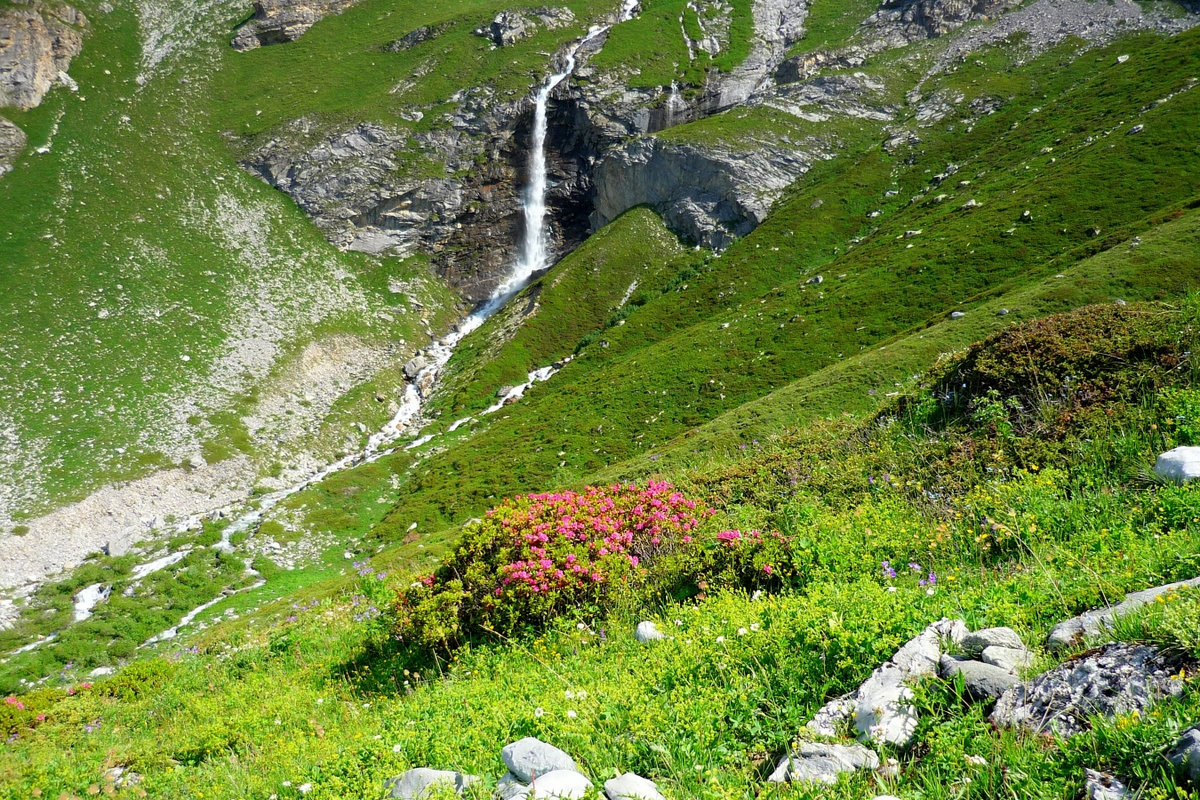
Where the river ends…
- A rivière flows into another one at une confluence (eg. at Conflans-Sainte-Honorine where the Oise flows into the Seine)
- A fleuve meets the sea at un estuaire (estuary, eg. Le Havre Estuary) or un delta (eg. Rhône Delta)
Did you know?
Placed end to end the rivers in France would cover 430,000 km (metropolitan France, including Corsica).
The great river system of France provides a source of water power in certain regions (French Alps, Jura, Massif Central, Vosges). Over the centuries, it has provided irrigation and cheap transportation.
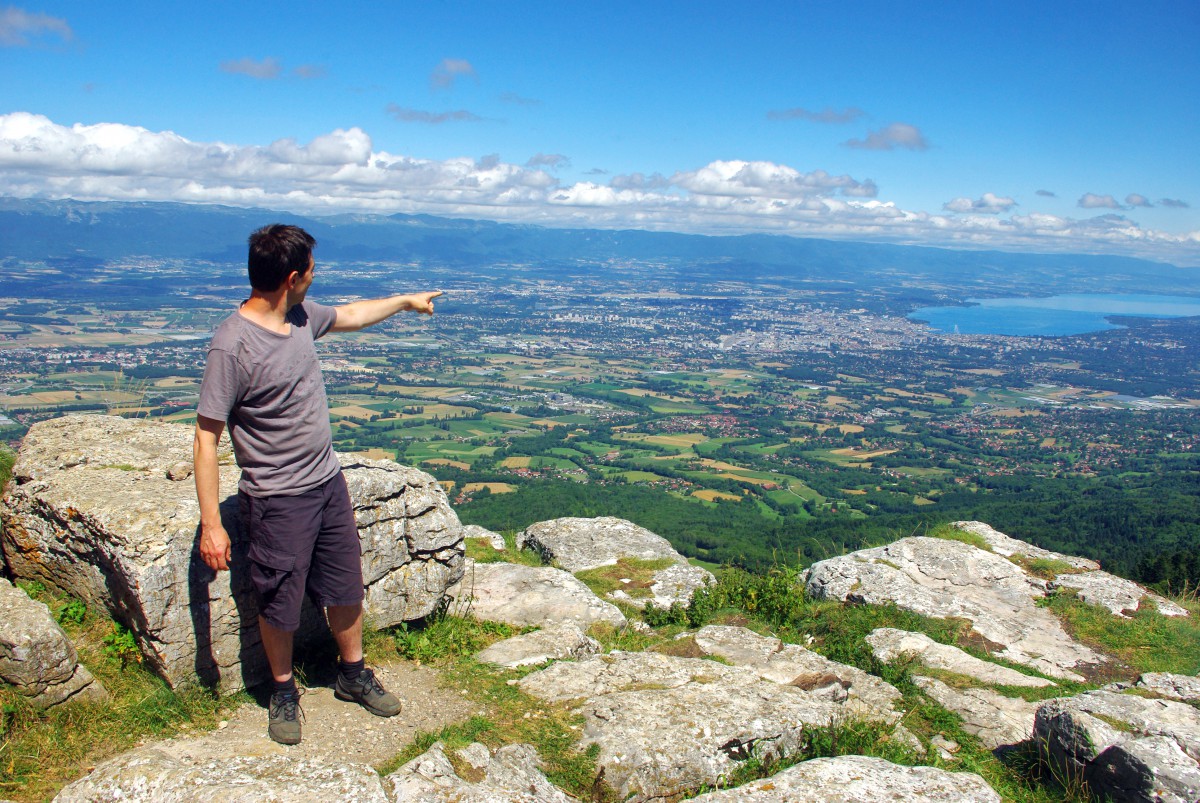
Indeed, with the creation of canals joining large rivers, it made it possible to transport goods cheaply by water from one region of France to the other.
At least, this was the case until the arrival of railways in the mid-19th century!
When size matters!
Promoting a river to a fleuve status may seem a matter of no importance to foreigners… but in France, this is taken very seriously.

Calling a fleuve a mere “rivière” belittles it a bit. In people’s minds, a “fleuve” means a big river.
Therefore it’s not rare to see people getting oddly emotional on whether their local river should be called a fleuve or a rivière.
Gaining a fleuve status means a lot culturally and also touristically. It means ranking amongst the major rivers in France.
It does to the regions, and the cities and towns the waterway is crossing.
Water deities in ancient France
Let’s remember that rivers were venerated as deities in Ancient Times.
For instance, Sequana was the goddess of the River Seine, to which its name derives.
Rivers have genders too. Most are feminine (la Seine, la Loire, la Garonne) and a minority are masculine (le Rhin, le Rhône, l’Escaut). Water deities were often portrayed in the arts. In the past, skilled sculptors created statues representing the river gods (or goddesses). This is the case for one of the fountains on place de la Concorde in Paris which represents the Rhine and the Rhône.
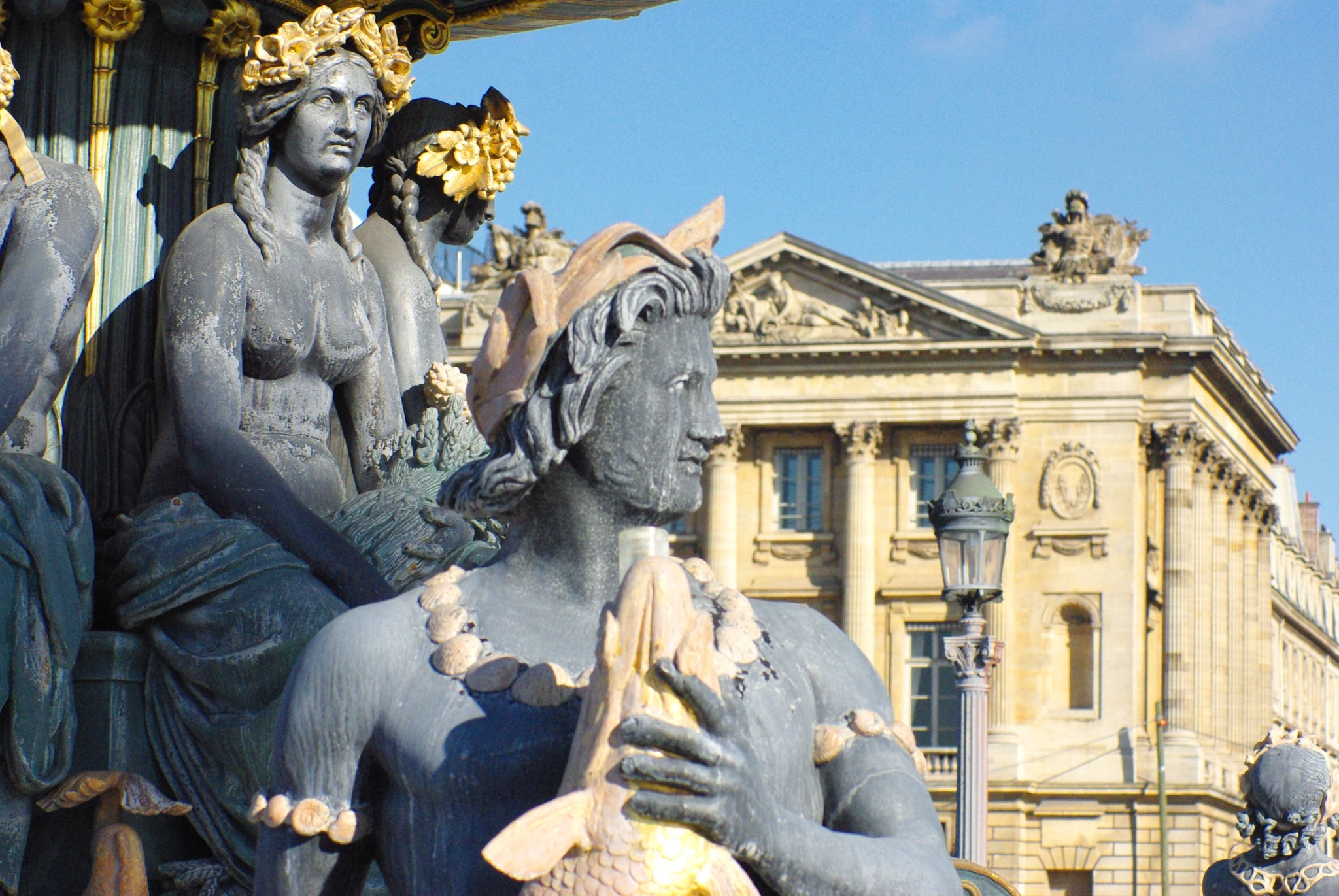
Thus, from this time, we have kept a certain reverence shown to our rivers, and particularly to the longest rivers of France.
And the lessons in geography taught in French primary schools did the rest.
They instilled a national binding role that the rivers play in our collective awareness.
The two French waterbodies in question
Now that we understand why a river is such an important thing to the French, let’s mention two cases.
Two rivers of France are being promoted as fleuves, despite the fact that we learnt at school they were only mere rivers…
These rivers are the Meuse and the Dordogne.
The case of the River Meuse
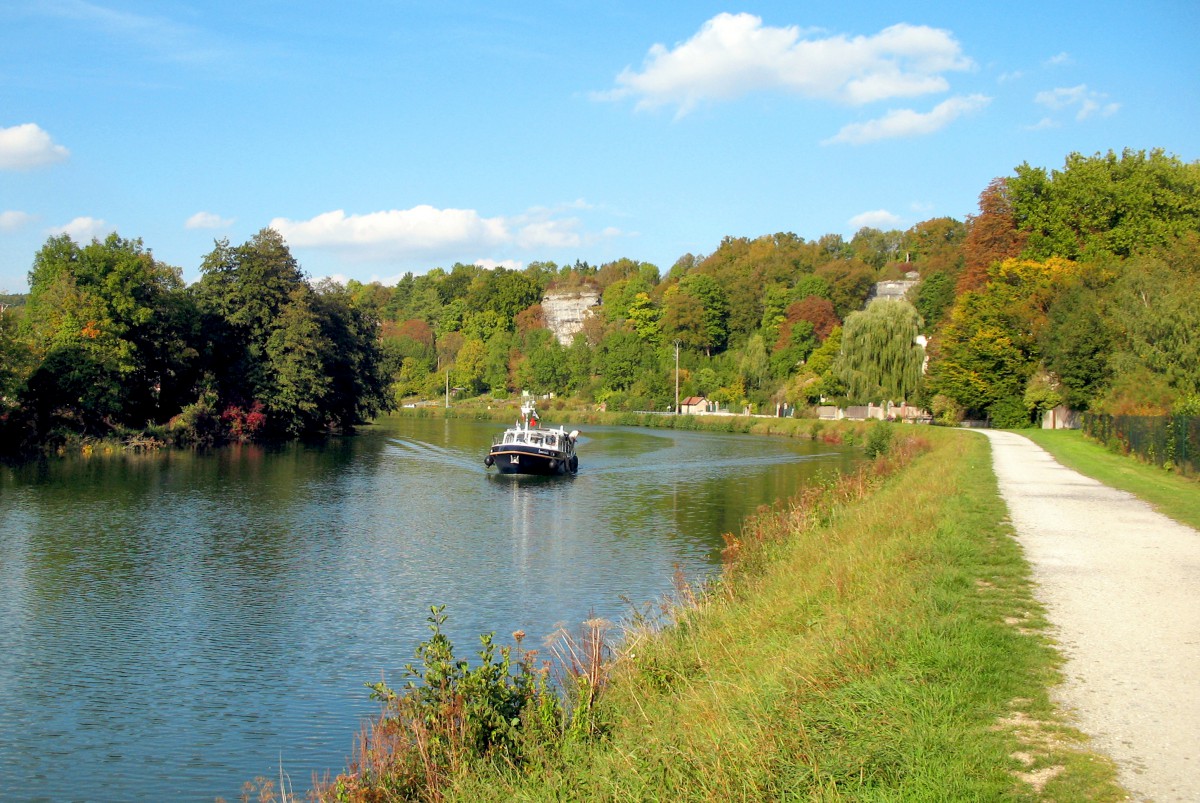
The River Meuse is often considered an affluent of the Rhine in France. This is how it was traditionally taught in French primary schools when learning about the geography of France. We were taught the Meuse joined the Rhine in the Netherlands, just before the sea.
By contrast, in Belgium and in the Netherlands, the Meuse is a real fleuve of major importance.
This difference of consideration is often due to the small watershed of the Meuse on its French side.
A similar case for the Dordogne River
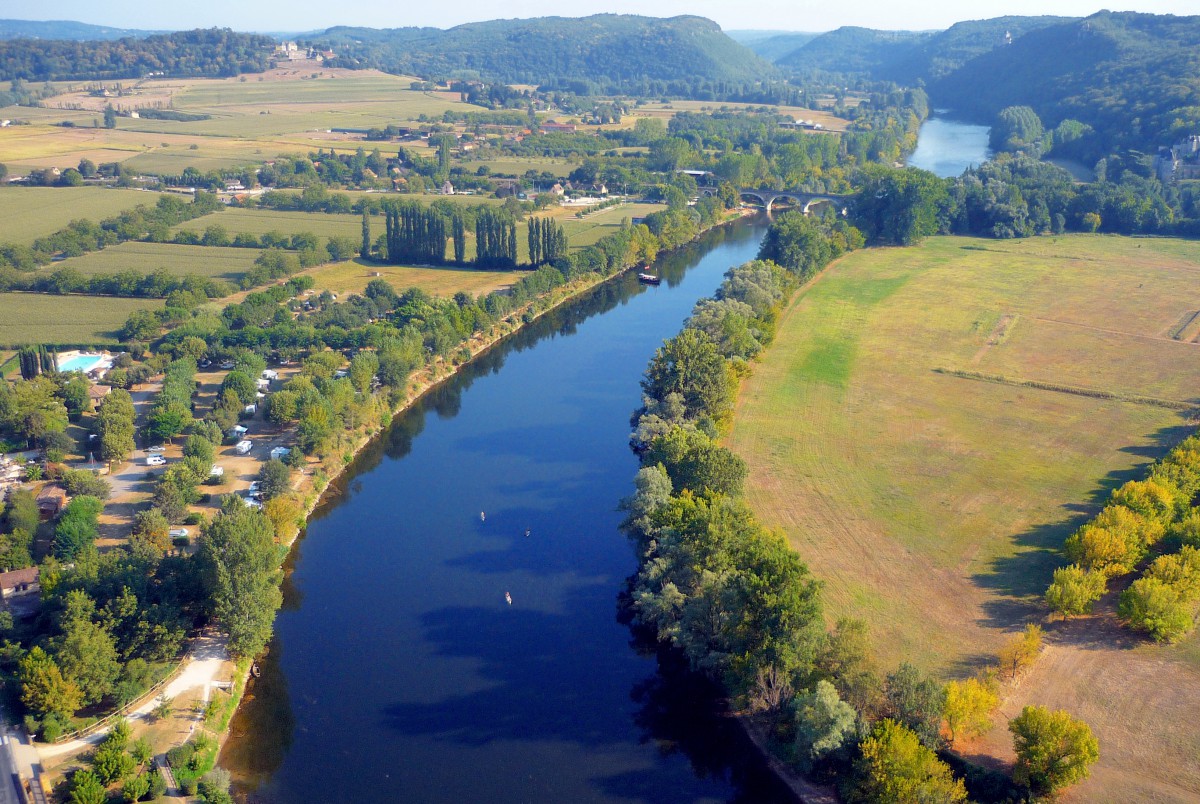
The Dordogne river flows into the Gironde estuary north-east of Bordeaux. It then shares a common estuary with the Garonne. The question is:
- whether the Dordogne flows into the Garonne at the Gironde estuary…
- or the Dordogne meets the Garonne at the Gironde estuary, hence making the rivers both fleuves.
Those in favour of the Dordogne being a fleuve have a great argument. In fact, the Dordogne is one of the few rivers in the world that shows the phenomenon of a tidal bore. Locals call it mascaret.
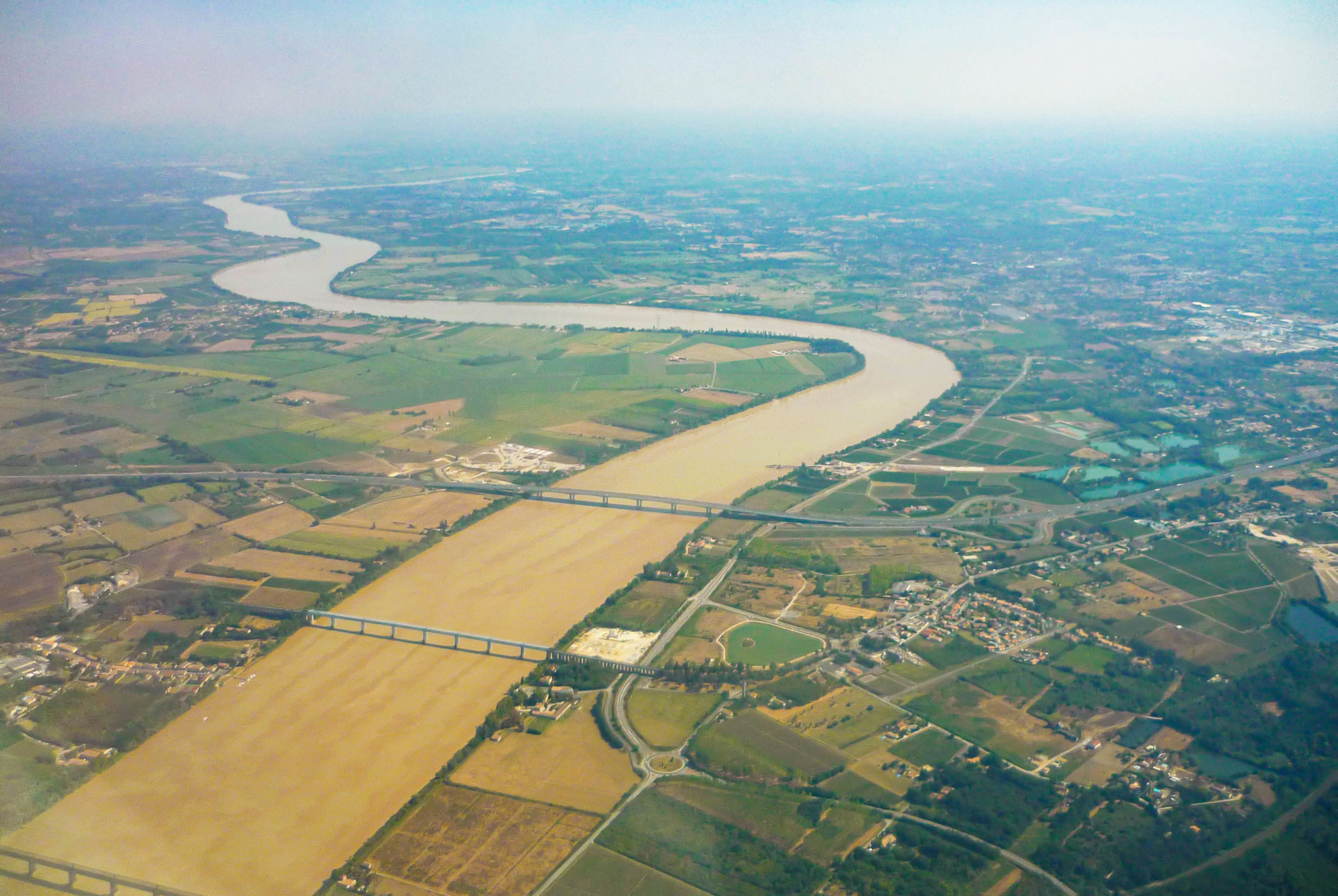
The départements and the French river names
At the creation of the départements during the French Revolution, most of them took the name of famous rivers in France.
For example: Ain, Aube, Dordogne, Hérault, Isère, Moselle, Orne, Bas-Rhin (Lower Rhine), Seine-et-Marne, Yonne…
In addition, 3 administrative regions bear French river names too:
- Auvergne-Rhône-Alpes
- Centre-Val de Loire
- Pays de la Loire
The names of the top 5 rivers in France
There are five great fleuves in France whose watersheds cover most of the country:
- la Garonne (feminine)
- la Loire (f)
- le Rhin (masculine) or in English: River Rhine
- le Rhône (m)
- la Seine (f)
The French rivers map
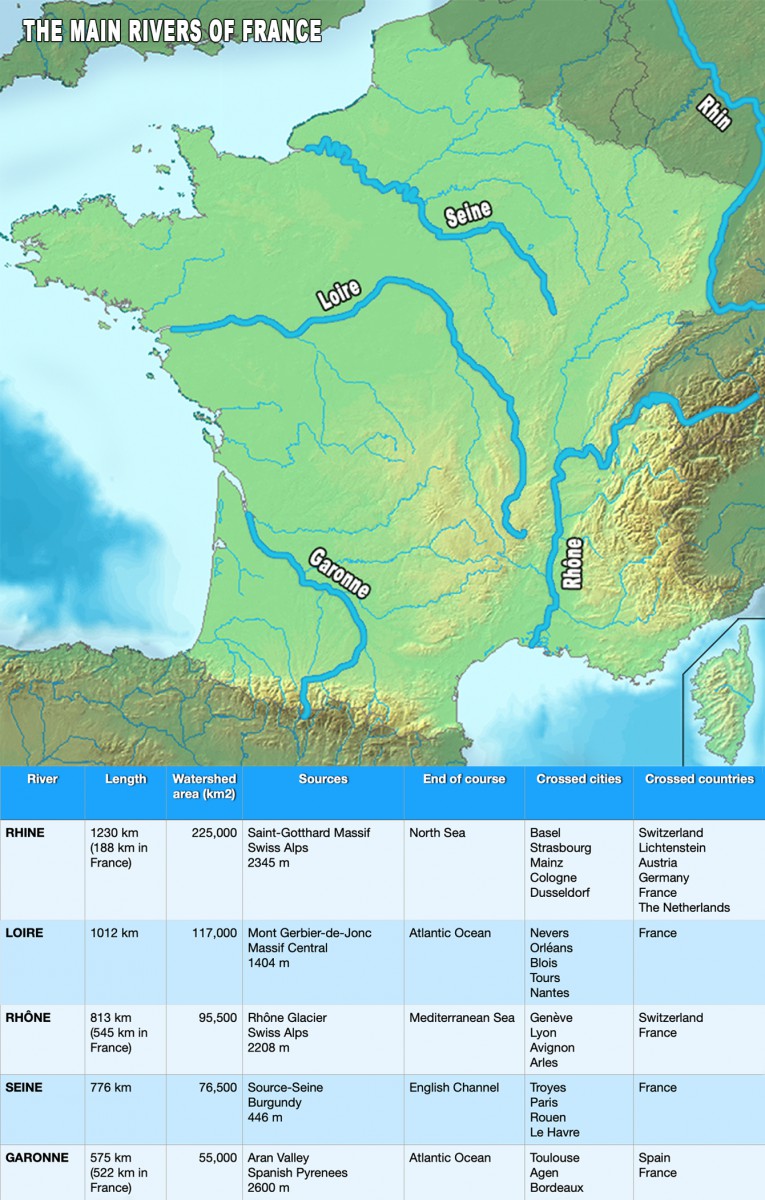
Interestingly all the top 5 rivers in France have something in common: the growing of vine!
Other fleuves in France
In addition to the five great fleuves of France, there are a number of shorter fleuves. Here’s a list of the fleuves reaching a length of at least 100 km (62 mi):
- la Meuse (f), 950 km, including 486 km in France – is it a fleuve? See above!
- la Dordogne (f), 483 km – is it a fleuve? See above!
- la Charente (f), 381 km
- l’Escaut (m), 355 km including 98 km in France
- l’Adour (m), 309 km
- la Somme (f), 245 km
- la Vilaine (f), 225 km
- l’Aude (f), 224 km
- l’Orne (f), 170 km
- la Sèvre Niortaise (f), 158 km
- le Blavet (m), 149 km
- l’Hérault (m), 148 km
- l’Aulne (f), 140 km
- l’Orb (m), 136 km
- la Vire (f), 128 km
- le Lay (m), 120 km
- l’Eyre (f), 118 km
- L’Argens (m), 116 km
- la Têt (f), 116 km
- le Var (m), 114 km
- la Touques (f), 108 km
- la Dives (f), 105 km
- l’Authie (f), 103 km
- la Rance (f), 102 km
- le Couesnon (m), 101 km
- la Canche (f), 100 km
Did you know?
The shortest coastal rivers are called fleuves côtiers.
The shortest fleuve in France is la Veules (f) in Normandy with a length of 1,149 m (1,256 yds).
Other famous rivers in France
Besides the fleuves, there are many famous rivers in France that evoke holidays spent in the country. Here’s a short list:
- l’Allier (masculine), 425 km
- le Cher (m), 367 km
- la Creuse (feminine), 263 km
- le Doubs (m), 453 km
- la Drôme (f), 110 km
- la Durance (f), 323 km
- l’Isère (m), 286 km
- le Lot (m), 485 km
- la Marne (f), 514 km
- la Moselle (f), 314 km in France
- l’Ognon (m), 213 km
- la Saône (f), 473 km
- la Sarthe (f), 313 km
- le Tarn (m), 380 km
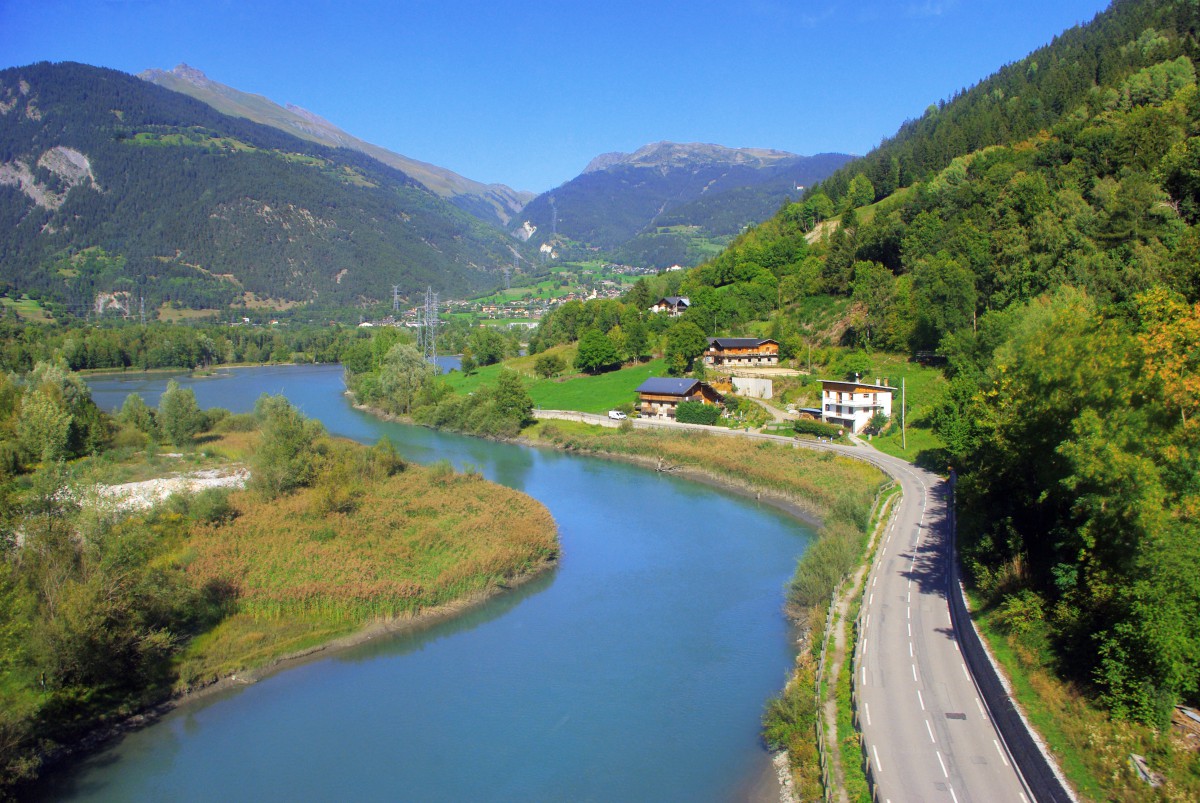
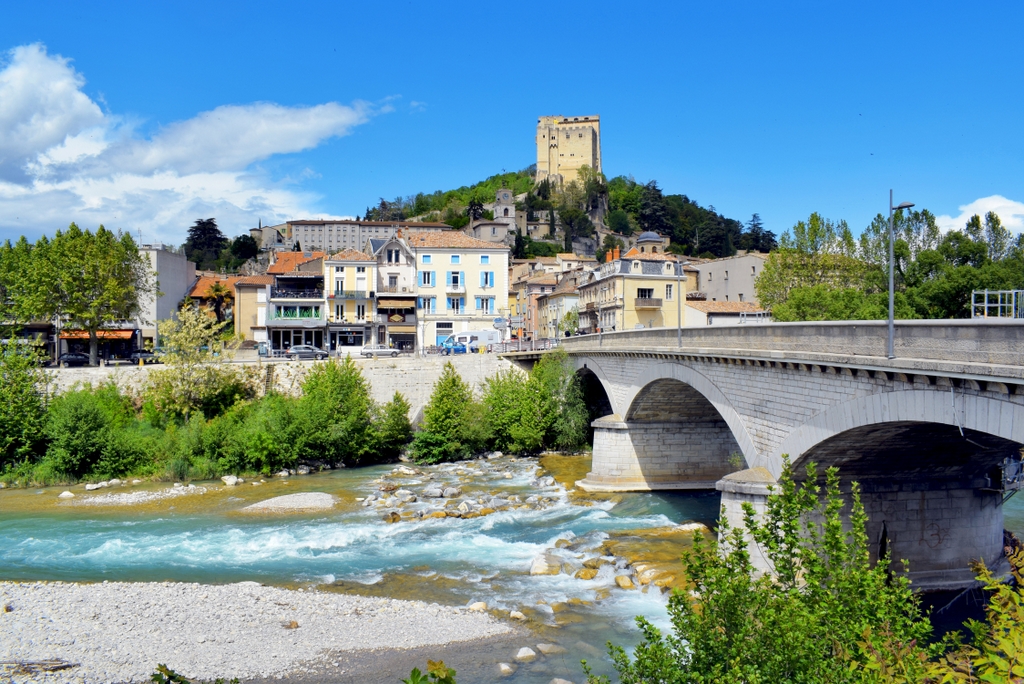
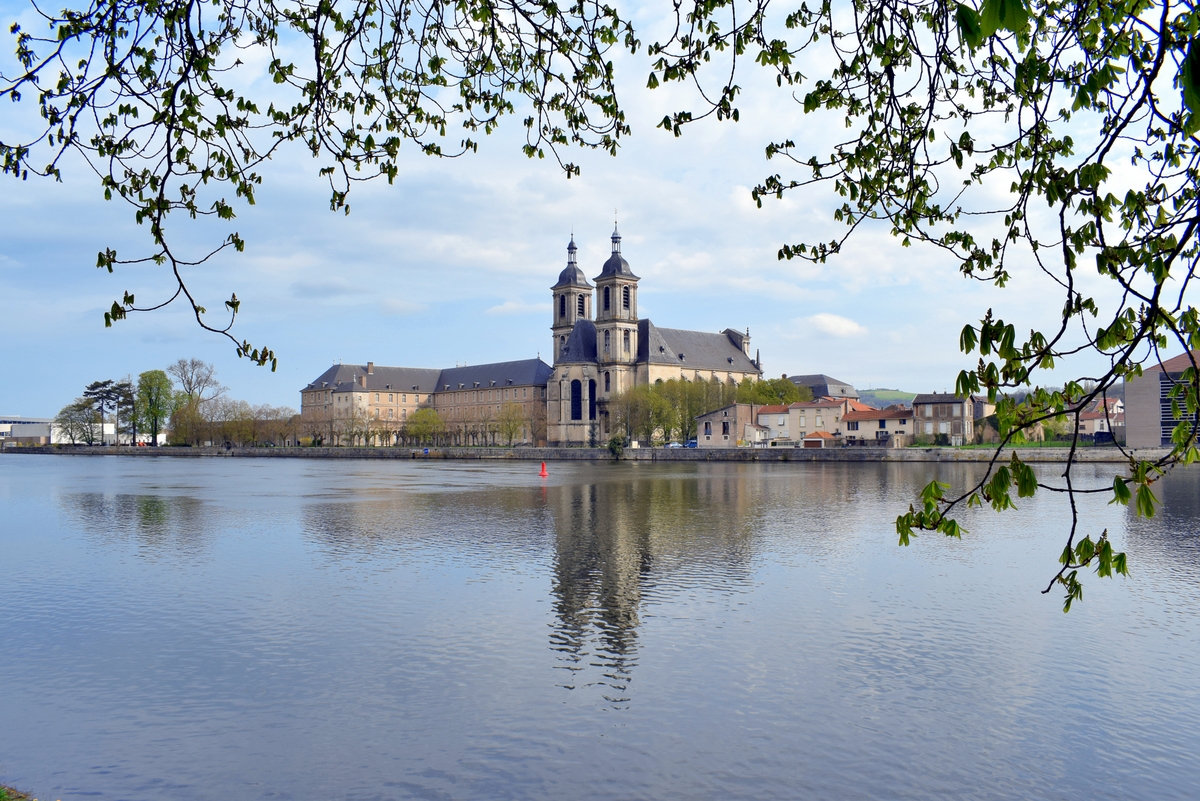
The Rivers in France Trivia!
Are you an ace in French geography? Let’s test your knowledge of the French rivers with these five questions… and check out the answers at the bottom of the article!
1. Which river flows in Rouen, Normandy?
- The Loire
- The Rhône
- The Seine
2. This is a river in northern France
- The Garonne
- The Marne
- The Lot
3. Which is the longest river in France?
- The Loire
- The Rhône
- The Seine
4. What is the name of the famous river in Paris?
- The Loire
- The Rhine
- The Seine
5. What is the name of the river of Grenoble in the French Alps?
- The Durance
- The Isère
- The Rhône
Now, let’s start our exploration of the top 5 rivers in France in alphabetical order, starting with the Garonne.
The Garonne River
What is the river that flows in Bordeaux and Toulouse? The Garonne which, curiously, starts its course not in France, but in Spain!
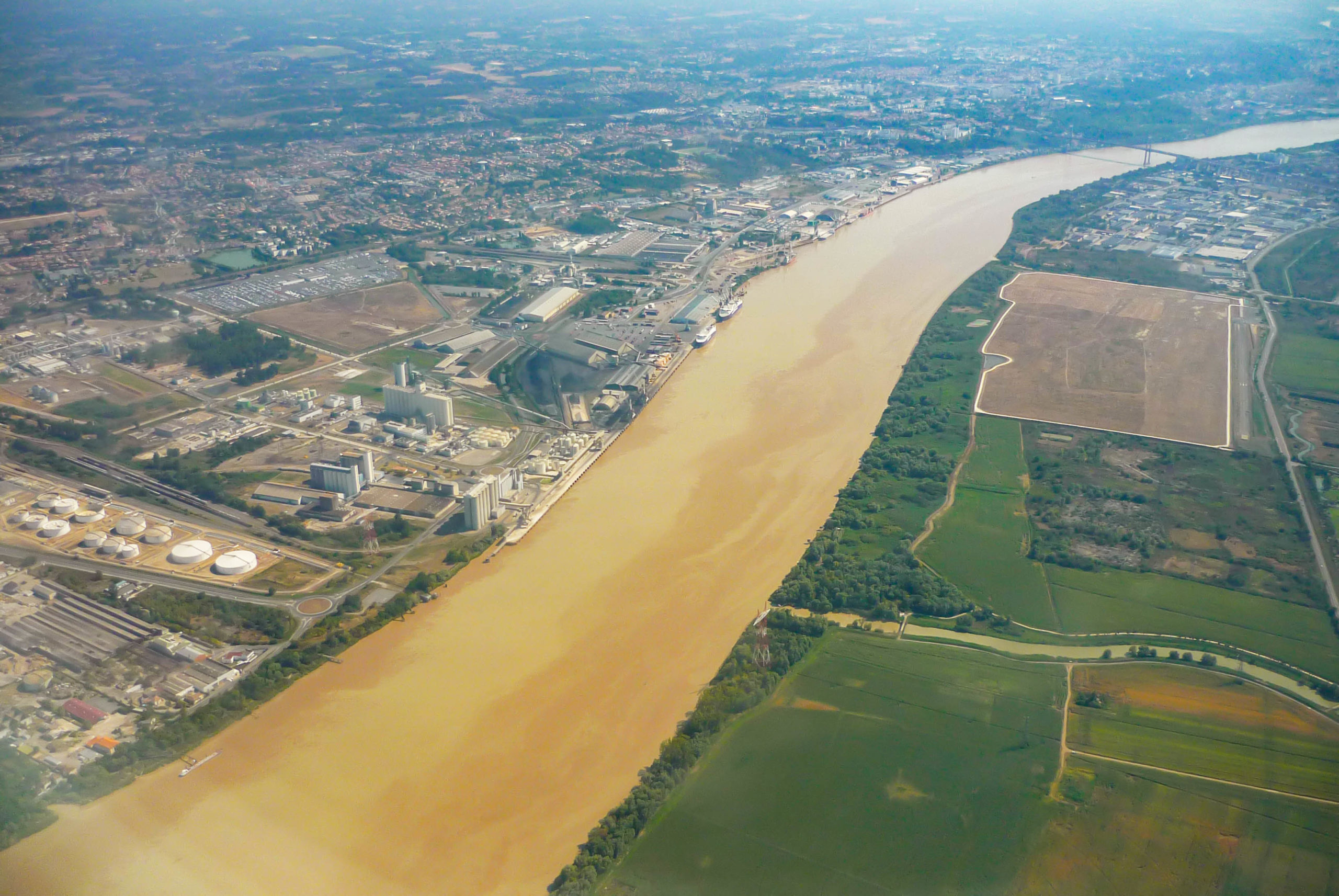
Place of Birth? Spain!
The Garonne River rises at an altitude of 2,600 metres above sea level in the Aran Valley in the Spanish Pyrenees.
The river flows north towards Toulouse where it takes the direction of the Atlantic ocean to the northwest. It empties into the Gironde, a vast estuary, 80 km long.
The Garonne is 575 km long, (including 522 km in France) and crosses the cities of Saint-Gaudens, Toulouse, Agen and Bordeaux.
The watershed of the Garonne stretches from the Pyrenees to the Massif Central and includes the towns of Albi, Auch, Cahors, Castres, Foix, Mende, Rodez.
![Garonne Watershed © Pethrus - licence [CC BY-SA 3.0] from Wikimedia Commons](https://frenchmoments.eu/wp-content/uploads/2020/06/Garonne-Watershed-©-Pethrus-licence-CC-BY-SA-3.0-from-Wikimedia-Commons.jpg)
The affluents of the Garonne
The Garonne and its affluents have given their names to the following départements at the French Revolution.
- Garonne River (522 km in France). Départements: Tarn-et-Garonne [82], head city: Montauban / Haute-Garonne [31], head city: Toulouse.
- Ariège River (163 km). Département: Ariège [09], head city: Foix.
- Aveyron River (291 km). Département: Aveyron [12], head city: Rodez
- Gers River (175 km). Département: Gers [32], head city: Auch
- Lot River (485 km). Départements: Lot [46], head city: Cahors / Lot-et-Garonne [47], head city: Agen
- Tarn River (380 km). Départements: Tarn [81], head city: Albi / Tarn-et-Garonne [82], head city: Montauban
- Gironde estuary (80 km). Département: Gironde [33], head city: Bordeaux
Along the Garonne River
The sources of the Garonne are situated in the Spanish Pyrenees, in the Aran Valley. The river enters France at Pont du Roi in the municipality of Fos. For 40 km or so, the river finds its way northwards across the French Pyrenees.
Saint-Bertrand-de-Comminges
Just before leaving the Pyrenees, the Garonne passes one of France’s most beautiful villages. Saint-Bertrand-de-Comminges boasts an archaeological site from the Roman era, a former cathedral in Meridional Gothic style and a picturesque old town with arches and vaults.
![Saint-Bertrand-de-Comminges © Fifistorien - licence [CC BY-SA 3.0] from Wikimedia Commons](https://frenchmoments.eu/wp-content/uploads/2020/06/Saint-Bertrand-de-Comminges-©-Fifistorien-licence-CC-BY-SA-3.0-from-Wikimedia-Commons.jpg)
Toulouse, the Pink City
The capital of Occitania, Toulouse is one of the largest towns in the South of France.
The city is an important industrial city for the manufacture of aeroplanes (Airbus!), chemicals, metals, bricks and dry goods. It is also an important market for violets.
The old town centre includes Romanesque and Meridional Gothic churches, two hundred mansions from the medieval and Renaissance eras… One of its most famous monuments is the Capitole, the city hall which borders the magnificent place du Capitole.
The Pink City!
Most of the buildings in the old town consist of distinctive hot-pink bricks that gave Toulouse the nickname La Ville Rose (The Pink City).
The red-brick bridge of Pont-Neuf (or Pont-de-Pierre) has spanned the Garonne River since the 16th century.
![Toulouse Old Town © Ceridwen - licence [CC BY-SA 3.0] from Wikimedia Commons](https://frenchmoments.eu/wp-content/uploads/2014/02/Toulouse-Old-Town-©-Ceridwen-licence-CC-BY-SA-3.0-from-Wikimedia-Commons.jpg)
![Toulouse Capitole © Benh LIEU SONG - licence [CC BY-SA 3.0] from Wikimedia Commons](https://frenchmoments.eu/wp-content/uploads/2014/02/Toulouse-Capitole-©-Benh-LIEU-SONG-licence-CC-BY-SA-3.0-from-Wikimedia-Commons.jpg)
![Eglise des Jacobins Toulouse © Eric Pouhier - licence [CC BY-SA 3.0] from Wikimedia Commons](https://frenchmoments.eu/wp-content/uploads/2014/02/Eglise-des-Jacobins-Toulouse-©-Eric-Pouhier-licence-CC-BY-SA-3.0-from-Wikimedia-Commons.jpg)
- Find out more about Toulouse on the blog!
- Get your online tickets for monuments, museums and activities in Toulouse!
- Book your accommodation in Toulouse!
Moissac
Between Montauban and Agen, Moissac boasts one of the finest cloisters in Southern Europe at the Saint-Pierre-de-Moissac Abbey. A masterpiece of Romanesque and Gothic architecture, the abbey was founded in the 8th century although the present-day buildings date back to the 12th century at the earliest.
![Moissac Abbey © Abxbay - licence [CC BY-SA 3.0] from Wikimedia Commons](https://frenchmoments.eu/wp-content/uploads/2020/06/Moissac-Abbey-©-Abxbay-licence-CC-BY-SA-3.0-from-Wikimedia-Commons.jpg)
Agen
Halfway between Toulouse and Bordeaux, Agen is associated with the famous prunes and plums known as ‘pruneaux d’Agen’. The old town centre of Agen lies on the east bank of the Garonne and contains some fine medieval houses and churches, such as the St Hilaire church and the Agen cathedral.
![Agen Old Town © Florent Pécassou - licence [CC BY-SA 3.0] from Wikimedia Commons](https://frenchmoments.eu/wp-content/uploads/2020/06/Agen-Old-Town-©-Florent-Pécassou-licence-CC-BY-SA-3.0-from-Wikimedia-Commons.jpg)
![Hôtel d'Estrades, Agen © MOSSOT - licence [CC BY-SA 4.0] from Wikimedia Commons](https://frenchmoments.eu/wp-content/uploads/2020/06/Agen-Hôtel-dEstrades-©-MOSSOT-licence-CC-BY-SA-4.0-from-Wikimedia-Commons.jpg)
![Agen Cathedral © Florent Pécassou - licence [CC BY-SA 3.0] from Wikimedia Commons](https://frenchmoments.eu/wp-content/uploads/2020/06/Agen-Cathedral-©-Florent-Pécassou-licence-CC-BY-SA-3.0-from-Wikimedia-Commons.jpg)
The Sauternes region
The Sauternes wine region boasts some of the most highly sought-after wines in the world.
The sweet wine is made from Sémillon, Sauvignon blanc and Muscadelle grapes. It most prestigious bottle is the Premier Cru Supérieur from the Château d’Yquem estate.
The region is home to many châteaux, castles and beautiful villages to explore: Roquetaillade, Cadillac, Saint-Macaire, Bazas, Uzeste…
![Château d'Yquem © Benjamin Zingg - licence [CC BY-SA 2.5] from Wikimedia Commons](https://frenchmoments.eu/wp-content/uploads/2020/06/Château-dYquem-©-Benjamin-Zingg-licence-CC-BY-SA-2.5-from-Wikimedia-Commons.jpg)
![Vineyards of Château d’Yquem Sauternes © Megan Mallen - licence [CC BY 2.0] from Wikimedia Commons](https://frenchmoments.eu/wp-content/uploads/2020/06/Vineyards-of-Château-d’Yquem-Sauternes-©-Megan-Mallen-licence-CC-BY-2.0-from-Wikimedia-Commons.jpg)
![Sauternes wine region © Olivier Aumage - licence [CC BY-SA 2.0 fr] from Wikimedia Commons](https://frenchmoments.eu/wp-content/uploads/2020/06/Sauternes-wine-region-©-Olivier-Aumage-licence-CC-BY-SA-2.0-fr-from-Wikimedia-Commons.jpg)
Bordeaux, capital of Aquitaine
Bordeaux is a very attractive city and a major economic centre in South-West France. The capital of the province of Aquitaine contains an exceptional old town – a Unesco World Heritage site. It comprises the magnificent neo-Classical square of Place de la Bourse, the lofty Gothic cathedral Saint-André, the tall spire of Saint-Michel, the classical Grand Theatre, and a few gates (Porte Cailhau, Grosse Coche, Porte d’Aquitaine…).
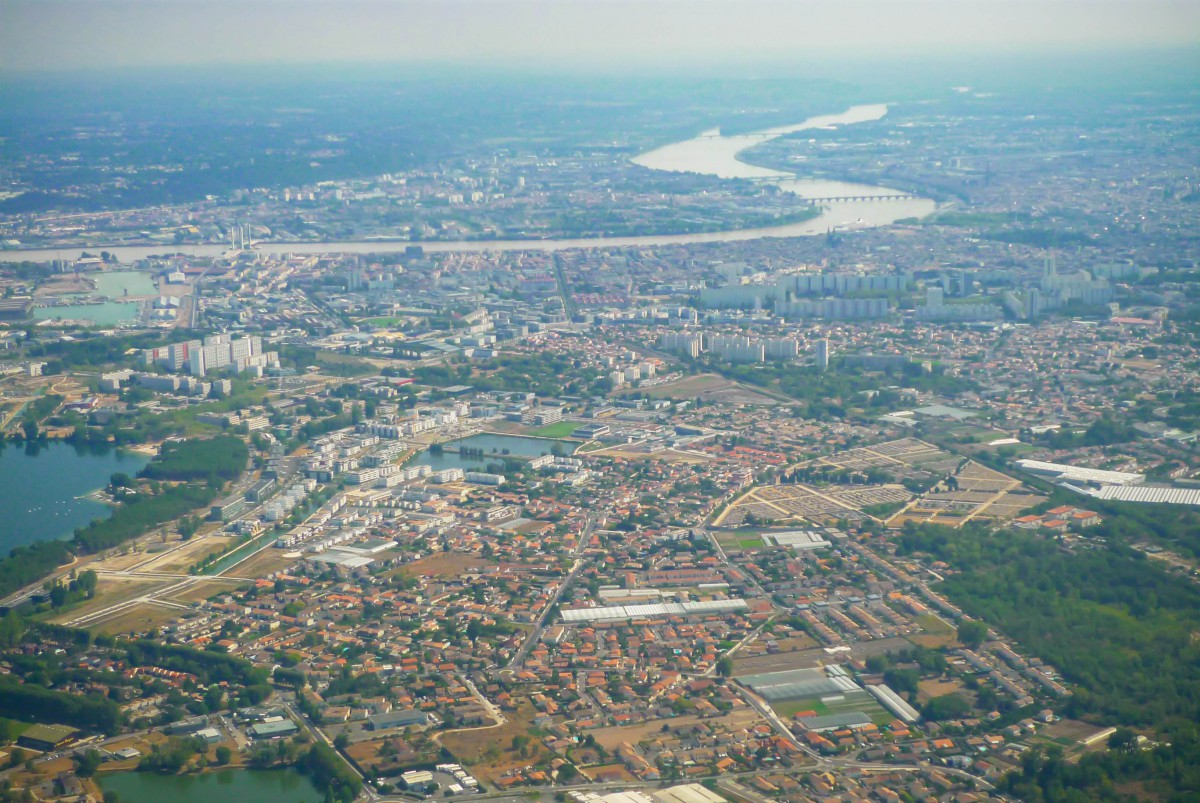
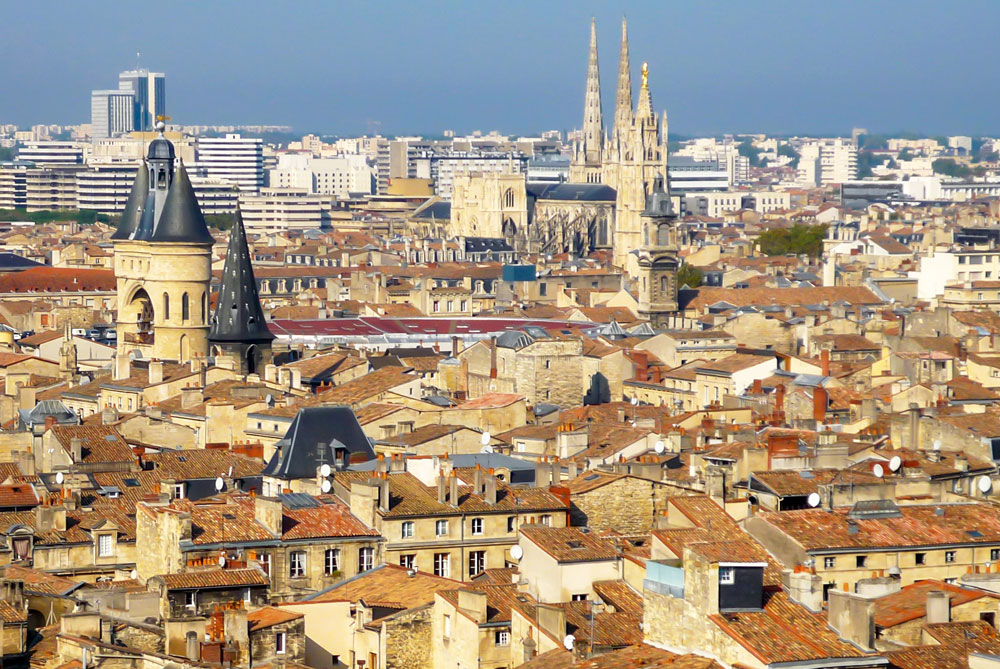

The impressive Pont de Pierre (stone bridge) spans the Garonne and offers some pretty views of the river and quays of Bordeaux.

- Find out more about Bordeaux on the blog!
- Get your online tickets for monuments, museums and activities in Bordeaux!
- Book your accommodation in Bordeaux!
The Gironde estuary
On the right bank lie Blaye and its Vauban citadel from the 17th century.
![Blaye Citadel © Olivier Aumage - licence [CC BY-SA 2.0 fr] from Wikimedia Commons](https://frenchmoments.eu/wp-content/uploads/2020/06/Blaye-Citadel-©-Olivier-Aumage-licence-CC-BY-SA-2.0-fr-from-Wikimedia-Commons-1.jpg)
![Chateau Margaux © BillBI - licence [CC BY 2.0] from Wikimedia Commons](https://frenchmoments.eu/wp-content/uploads/2020/06/Chateau-Margaux-©-BillBI-licence-CC-BY-2.0-from-Wikimedia-Commons.jpg)
![Phare de Cordouan © Yann Gwilhoù - licence [CC BY-SA 3.0] from Wikimedia Commons](https://frenchmoments.eu/wp-content/uploads/2020/06/Phare-de-Cordouan-©-Yann-Gwilhoù-licence-CC-BY-SA-3.0-from-Wikimedia-Commons.jpg)
The Loire River
For many, the Loire is synonymous with the grand châteaux from the Renaissance era. However, we shouldn’t overlook the upper Loire which provides some stunning sites.
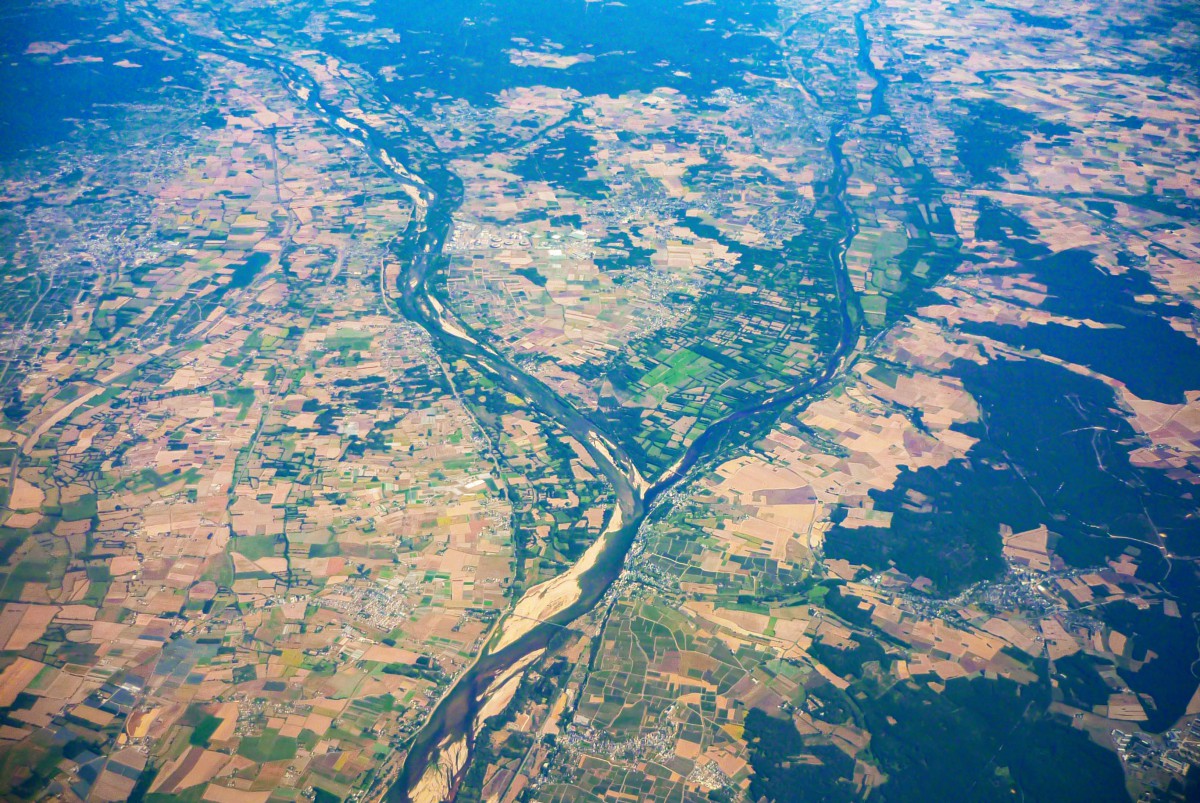
The Loire River rises at an altitude of 1404 metres above sea-level at Mont-Gerbier-de-Jonc in the Massif Central (Ardèche).
The river flows first north, then west from Orléans until it empties into the Atlantic Ocean at Saint-Nazaire.
The Loire is 1012 km long and is the longest river in France. It crosses the cities of Roanne, Nevers, Orléans, Blois, Tours, Nantes and Saint-Nazaire.
![Loire Watershed © Kmusser - licence [CC BY-SA 3.0] from Wikimedia Commons](https://frenchmoments.eu/wp-content/uploads/2020/06/Loire-Watershed-©-Kmusser-licence-CC-BY-SA-3.0-from-Wikimedia-Commons.png)
The affluents of the Loire
The Loire and its affluents have given their names to the following départements at the French Revolution.
- Loire River (1012 km). Départements: Indre-et-Loire [37], head city: Tours / Loire [42], head city: Saint-Etienne / Haute-Loire [43], head city: Le Puy-en-Velay / Loire-Atlantique [44], head city: Nantes / Maine-et-Loire [49], head city: Angers / Saône-et-Loire [71], head city: Mâcon
- Allier River (425 km). Département: Allier [03], head city: Moulins.
- Vienne River (372 km). Départements: Vienne [86], head city: Poitiers / Haute-Vienne [87], head city: Limoges
- Cher River (367 km). Départements: Cher [18], head city: Bourges / Loir-et-Cher [41], head city: Blois
- Loir River (316 km). Départements: Eure-et-Loir [28], head city: Chartres / Loir-et-Cher [41], head city: Blois
- Sarthe River (313 km). Département: Sarthe [72], head city: Le Mans
- Indre River (279 km). Départements: Indre [36], head city: Châteauroux / Indre-et-Loire [37], head city: Tours
- Creuse River (263 km). Département: Creuse [23], head city: Guéret
- Mayenne River (202 km). Département: Mayenne [53], head city: Laval
The Loire River has given its name to two regions of France:
- Centre-Val de Loire and Pays de la Loire
Along the Loire River
The sources of the Loire are situated in the slopes of Mont Gerbier-de-Jonc (1551 m) in the Haut-Vivarais.
![Mont Gerbier-de-Jonc © Jacques Forêt - licence [CC BY-SA 2.5] from Wikimedia Commons](https://frenchmoments.eu/wp-content/uploads/2015/05/Mont-Gerbier-de-Jonc-©-Jacques-Forêt-licence-CC-BY-SA-2.5-from-Wikimedia-Commons.jpg)
Le Puy-en-Velay
On its way northwards, the upper Loire borders the eastern suburbs of Le Puy-en-Velay.
The historic town is famous for its cathedral and the abrupt conical hills that even rise in the centre of town. Le Puy is also famous for its green lentils and for being a starting point for pilgrims on their way to Santiago de Compostela, distant from 1,600 km.
![Mont Aiguilhe, Le Puy-en-Velay © Jean-Pol GRANDMONT - licence [CC BY 3.0] from Wikimedia Commons](https://frenchmoments.eu/wp-content/uploads/2020/06/Le-Puy-en-Velay-Aiguilhe-©-Jean-Pol-GRANDMONT-licence-CC-BY-3.0-from-Wikimedia-Commons.jpg)
![Le Puy-en-Velay [Public Domain]](https://frenchmoments.eu/wp-content/uploads/2020/06/Le-Puy-en-Velay-Public-Domain.jpg)
![Le Puy-en-Velay © W. Bulach - licence [CC BY-SA 4.0] from Wikimedia Commons](https://frenchmoments.eu/wp-content/uploads/2020/06/Le-Puy-en-Velay-©-W.-Bulach-licence-CC-BY-SA-4.0-from-Wikimedia-Commons.jpg)
Gorges of the Loire
Between Le Puy-en-Velay and Saint-Just-Saint-Rambert and between Balbigny and Roanne, the river flows through a narrow, incised valley. It is known as the Gorges of the Loire.
![Castle of La Roche in the Gorges of the Loire © Michael Boudoux - licence [CC BY 3.0] from Wikimedia Commons](https://frenchmoments.eu/wp-content/uploads/2020/06/Loire-Castle-of-La-Roche-©-Michael-Boudoux-licence-CC-BY-3.0-from-Wikimedia-Commons.jpg)
- the natural site of the Plateau de la Danse,
- the ruined castles of Rochebaron and Essalois,
- the fairy-tale castle of La Roche,
- the fortified perched village of Saint-Jean-Saint-Maurice-sur-Loire…
![The gorges of the Loire near Grangent © Dvillafruela - licence [CC BY-SA 3.0] from Wikimedia Commons](https://frenchmoments.eu/wp-content/uploads/2020/06/Loire-Gorges-near-Grangent-©-Dvillafruela-licence-CC-BY-SA-3.0-from-Wikimedia-Commons.jpg)
![Near the Plateau de la Danse by Julien Bertrand [Public Domain]](https://frenchmoments.eu/wp-content/uploads/2020/06/Loire-Plateau-de-la-Danse-2-by-Julien-Bertrand-Public-Domain.jpg)
![Plateau de la Danse by Julien Bertrand [Public Domain]](https://frenchmoments.eu/wp-content/uploads/2020/06/Loire-Plateau-de-la-Danse-by-Julien-Bertrand-Public-Domain.jpg)
![Rochebaron Castle by Torsade de Pointes [Public Domain]](https://frenchmoments.eu/wp-content/uploads/2020/06/Rochebaron-Castle-by-Torsade-de-Pointes-Public-Domain.jpg)
![Saint-Jean-Saint-Maurice © Nanzig - licence [CC BY-SA 4.0] from Wikimedia Commons](https://frenchmoments.eu/wp-content/uploads/2020/06/Saint-Jean-Saint-Maurice-©-Nanzig-licence-CC-BY-SA-4.0-from-Wikimedia-Commons.jpg)
![Château de La Roche © Crochet.david - licence [CC BY-SA 3.0] from Wikimedia Commons](https://frenchmoments.eu/wp-content/uploads/2020/06/Loire-Château-de-La-Roche-©-Crochet.david-licence-CC-BY-SA-3.0-from-Wikimedia-Commons.jpg)
The Loire Bourguignonne
North of Roanne, the Loire enters the province of Burgundy and is often nicknamed: Loire bourguignonne.
The river passes by some beautiful sites:
- The historic little town of Bourbon-Lancy
![Bourbon-Lancy © AntonyB - licence [CC BY-SA 3.0] from Wikimedia Commons](https://frenchmoments.eu/wp-content/uploads/2020/06/Bourbon-Lancy-©-AntonyB-licence-CC-BY-SA-3.0-from-Wikimedia-Commons.jpg)
- The Ducal city of Nevers is famous for its Gothic cathedral and ducal palace. Upstream Nevers, the Allier flows into the Loire.
![The magnificent Ducal Palace in Nevers © Jochen Jahnke - licence [CC BY-SA 3.0] from Wikimedia Commons](https://frenchmoments.eu/wp-content/uploads/2020/06/Nevers-Ducal-Palace-©-Jochen-Jahnke-licence-CC-BY-SA-3.0-from-Wikimedia-Commons.jpg)
![Bridge spanning the Loire in Nevers © Jochen Jahnke - licence [CC BY-SA 3.0] from Wikimedia Commons](https://frenchmoments.eu/wp-content/uploads/2020/06/Nevers-Bridge-©-Jochen-Jahnke-licence-CC-BY-SA-3.0-from-Wikimedia-Commons.jpg)
![Porte du Croux, Nevers © Moreau.henri - licence [CC BY-SA 3.0] from Wikimedia Commons](https://frenchmoments.eu/wp-content/uploads/2020/06/Nevers-Porte-du-Croux-©-Moreau.henri-licence-CC-BY-SA-3.0-from-Wikimedia-Commons.jpg)
- La Charité-sur-Loire and its stunning priory church (a Unesco site)
![La Charité-sur-Loire © Yann Gwilhoù - licence [CC BY-SA 3.0] from Wikimedia Commons](https://frenchmoments.eu/wp-content/uploads/2020/06/La-Charité-sur-Loire-©-Yann-Gwilhoù-licence-CC-BY-SA-3.0-from-Wikimedia-Commons.jpg)
- The hill-top wine-growing town of Sancerre.
![Sancerre © Taxiarchos228 - licence [CC BY-SA 3.0] from Wikimedia Commons](https://frenchmoments.eu/wp-content/uploads/2020/06/Sancerre-©-Taxiarchos228-licence-CC-BY-SA-3.0-from-Wikimedia-Commons-1.jpg)
- Just before arriving at Gien and its castle, the Pont-Canal of Briare. It is a beautiful aqueduct (1896) which carries the Canal latéral à la Loire over the river Loire.
![Pont-Canal of Briare © Jean-Christophe BENOIST - licence [CC BY 4.0] from Wikimedia Commons](https://frenchmoments.eu/wp-content/uploads/2020/06/Briare-Pont-Canal-©-Jean-Christophe-BENOIST-licence-CC-BY-4.0-from-Wikimedia-Commons.jpg)
![Gien Castle © Roulex_45 - licence [CC BY-SA 3.0] from Wikimedia Commons](https://frenchmoments.eu/wp-content/uploads/2015/05/Gien-Castle-©-Roulex_45-licence-CC-BY-SA-3.0-from-Wikimedia-Commons.jpg)
The Kings’ Valley from Sully to Chalonnes
The Loire Valley generally refers to the area between Sully-sur-Loire and Chalonnes. It encompasses the Loire River itself and the immediate surroundings of its affluents.
The region is sprinkled with many medieval castles and extravagant Renaissance châteaux.
![Azay-le-Rideau © Aubry Françon - licence [CC BY-SA 3.0] from Wikimedia Commons](https://frenchmoments.eu/wp-content/uploads/2015/05/Azay-le-Rideau-05-©-Aubry-Françon-licence-CC-BY-SA-3.0-from-Wikimedia-Commons.jpg)

The major historic towns of the region are:
- Orléans,
- Blois,
- Tours, and
- Angers (actually crossed by the Maine River).
![Orleans Cathedral © Vincent4145 - licence [CC BY-SA 3.0] from Wikimedia Commons](https://frenchmoments.eu/wp-content/uploads/2015/05/Orleans-Cathedral-©-Vincent4145-licence-CC-BY-SA-3.0-from-Wikimedia-Commons.jpg)
![Blois St. Nicolas Church © Taxiarchos228 - licence [CC BY-SA 3.0] from Wikimedia Commons](https://frenchmoments.eu/wp-content/uploads/2015/05/Blois-St.-Nicolas-Church-©-Taxiarchos228-licence-CC-BY-SA-3.0-from-Wikimedia-Commons.jpg)
![Place Plumereau Tours © Thierry de Villepin - licence [CC BY-SA 3.0] from Wikimedia Commons](https://frenchmoments.eu/wp-content/uploads/2015/05/Place-Plumereau-Tours-©-Thierry-de-Villepin-licence-CC-BY-SA-3.0-from-Wikimedia-Commons.jpg)
![Angers Castle © Tango7174 - licence [CC BY-SA 3.0] from Wikimedia Commons](https://frenchmoments.eu/wp-content/uploads/2015/05/Angers-Castle-©-Tango7174-licence-CC-BY-SA-3.0-from-Wikimedia-Commons.jpg)
The châteaux of the Loire: very long list!
Listing the thousand châteaux of the Loire would be a challenge here… I choose to list the most famous ones:
- Sully-sur-Loire,
- Meung-sur-Loire,
- Chambord,
- Cheverny,
- Villesavin,
- Blois,
- Chaumont-sur-Loire,
- Chenonceaux,
- Amboise,
- Villandry,
- Langeais,
- Azay-le-Rideau,
- Ussé
- Chinon,
- Saumur,
- Brissac,
- Brézé,
- Angers,
- Serrant,
- Ancenis.
![Chambord North Facade © Nono vlf [CC BY-SA 4.0] from Wikimedia Commons](https://frenchmoments.eu/wp-content/uploads/2012/11/Chambord-North-Facade-©-Nono-vlf-CC-BY-SA-4.0-from-Wikimedia-Commons.jpg)
![Chaumont sur Loire Castle © Christophe.Finot - licence [CC BY-SA 1.0] from Wikimedia Commons](https://frenchmoments.eu/wp-content/uploads/2012/11/Chaumont-sur-Loire-Castle-©-Christophe.Finot-licence-CC-BY-SA-1.0-from-Wikimedia-Commons.jpg)
![Cheverny Castle © Jean-Christophe BENOIST - licence [CC BY 3.0] from Wikimedia Commons](https://frenchmoments.eu/wp-content/uploads/2015/05/Cheverny-Castle-©-Jean-Christophe-BENOIST-licence-CC-BY-3.0-from-Wikimedia-Commons.jpg)
![Amboise Castle © Christophe.Finot - licence [CC BY-SA 2.5] from Wikimedia Commons](https://frenchmoments.eu/wp-content/uploads/2012/11/Amboise-Castle-©-Christophe.Finot-licence-CC-BY-SA-2.5-from-Wikimedia-Commons.jpg)
![Chenonceau © Ra-smit [GFDL (http-::www.gnu.org:copyleft:fdl.html)], via Wikimedia Commons](https://frenchmoments.eu/wp-content/uploads/2014/05/Chenonceau-©-Ra-smit-GFDL-http-www.gnu_.orgcopyleftfdl.html-via-Wikimedia-Commons.jpg)
![Ussé Castle © Manfred Heyde - licence [CC BY-SA 3.0] from Wikimedia Commons](https://frenchmoments.eu/wp-content/uploads/2015/05/Ussé-Castle-©-Manfred-Heyde-licence-CC-BY-SA-3.0-from-Wikimedia-Commons.jpg)
Nantes
Nantes is a major Atlantic port on the Loire river and the former capital of the dukes of Brittany.
![The Loire in Nantes © Jibi44 - licence [CC BY-SA 3.0] from Wikimedia Commons](https://frenchmoments.eu/wp-content/uploads/2020/06/Nantes-Ile-de-Nantes-©-Jibi44-licence-CC-BY-SA-3.0-from-Wikimedia-Commons.jpg)
One of Nantes’ most popular attractions is the workshops of Les Machines de l’Île created in an old shipping warehouse.
The town is also home to the Nantes Fine Arts Museum which displays one of the finest collections of paintings besides Paris.
![Nantes from Tour Bretagne © Adam Bishop - licence [CC BY-SA 3.0] from Wikimedia Commons](https://frenchmoments.eu/wp-content/uploads/2021/01/Nantes-from-Tour-Bretagne-LR-copyright-Adam-Bishop-licence-CC-BY-SA-3.0-from-Wikimedia-Commons.jpg)
![The Ducal Palace in Nantes [Public Domain]](https://frenchmoments.eu/wp-content/uploads/2020/06/Nantes-Ducal-Palace-Public-Domain.jpg)
![Nantes © Jibi44 - licence [CC BY 2.5] from Wikimedia Commons](https://frenchmoments.eu/wp-content/uploads/2020/06/Nantes-©-Jibi44-licence-CC-BY-2.5-from-Wikimedia-Commons.jpg)
![The Loire in Nantes © Jibi44 - licence [CC BY-SA 3.0] from Wikimedia Commons](https://frenchmoments.eu/wp-content/uploads/2020/06/Nantes-Ile-de-Nantes-©-Jibi44-licence-CC-BY-SA-3.0-from-Wikimedia-Commons.jpg)
- Find out more about Nantes on the blog!
- Get your online tickets for monuments, museums and activities in Nantes!
- Book your accommodation in Nantes!
The estuary of the Loire and Saint-Nazaire
50 km west of Nantes is Saint-Nazaire, famous for shipbuilding. The industrious town marks the end of the Loire where it meets the Atlantic ocean.
The last landmark in the Loire is the Saint-Nazaire bridge, a 3.3 km metre cable-stayed bridge inaugurated in 1975. When built, it was France’s longest bridge.
![The bridge of Saint-Nazaire © Pouick44 - licence [CC BY-SA 3.0] from Wikimedia Commons](https://frenchmoments.eu/wp-content/uploads/2020/06/Saint-Nazaire-©-Pouick44-licence-CC-BY-SA-3.0-from-Wikimedia-Commons.jpg)
The River Rhine
The River Rhine is foremost a Germanic river. It crosses middle Europe and provides the continent with one of the most populated areas. The Rhine is an integral part of the “la Banane Bleue”, the European megalopolis that stretches from London to Milan.
![The Rhine in Basel Switzerland © Lucazzitto - licence [CC BY-SA 3.0] from Wikimedia Commons](https://frenchmoments.eu/wp-content/uploads/2020/06/Basel-Switzerland-©-Lucazzitto-licence-CC-BY-SA-3.0-from-Wikimedia-Commons-1-scaled.jpg)
Place of birth? Swiss Alps!
The River Rhine rises at an altitude of 2,345 metres above sea level in the Saint-Gotthard massif in the Grisons, Switzerland.
The river discharges into Lake Constance and flows west to the Swiss city of Basel before heading north. After crossing 6 countries (Switzerland, Liechtenstein, Austria, France, Germany and the Netherlands), it empties into the North Sea near Rotterdam.
The Rhine is 1,230 km long and forms the Franco-German border on 188 km. In France, the river crosses the city of Strasbourg.
In France, the watershed of the Rhine not only includes Alsace but also Lorraine with its affluent, the Moselle.
![Rhine and Meuse Watersheds © WWasser - licence [CC BY-SA 3.0] from Wikimedia Commons](https://frenchmoments.eu/wp-content/uploads/2020/06/Rhine-and-Meuse-Watershed-©-WWasser-licence-CC-BY-SA-3.0-from-Wikimedia-Commons.jpg)
The affluents of the Rhine
The Rhine and its affluents have given their names to the following départements at the French Revolution.
- River Rhine (180 km in France). Départements: Bas-Rhin [67], head city: Strasbourg / Haut-Rhin [68], head city: Colmar.
- Moselle River (314 km in France). Départements: Meurthe-Et-Moselle [54], head city: Nancy / Départements: Moselle [57], head city: Metz / Départements: Vosges [88], head city: Epinal
Along the River Rhine (in France)
The Franco-German Rhine flows northwards from Basel (Switzerland) to Lauterbourg near Karlsruhe.
Basel itself is a vibrant Swiss city with a historic cathedral. It marks the point where the Swiss, the German and the French borders meet.
![The Rhine in Basel © Norbert Aepli - licence [CC BY 2.5] from Wikimedia Commons](https://frenchmoments.eu/wp-content/uploads/2020/06/Rhine-in-Basel-©-Norbert-Aepli-licence-CC-BY-2.5-from-Wikimedia-Commons-1-scaled.jpg)
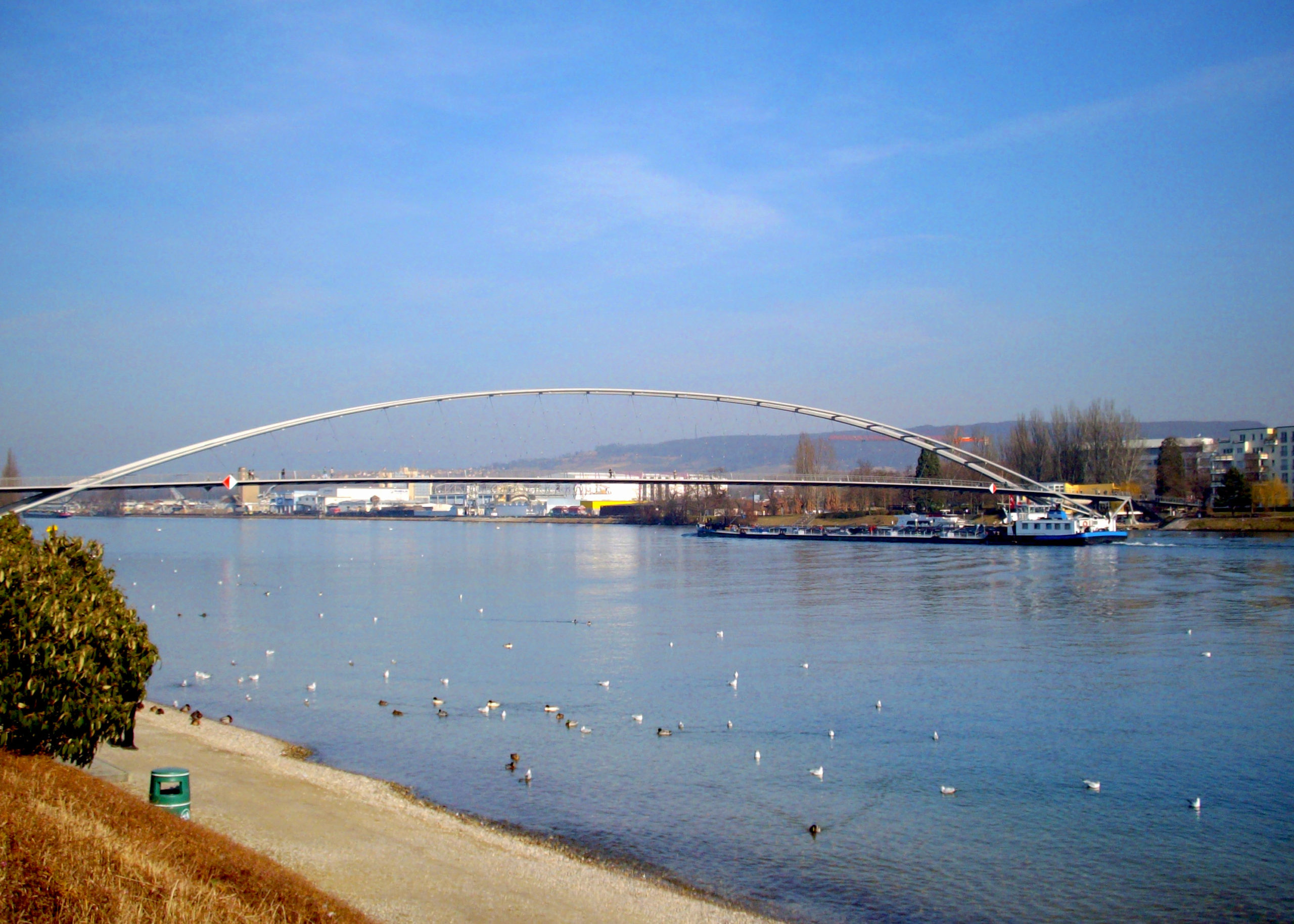
The Alsace Plain
The left side of the Rhine is known as the Plain of Alsace whilst its right side is the Baden Plain.
The Alsace Plain is bordered by the Vosges mountains to the West. The vineyards of Alsace stretches at the foot of the mountains. It is a popular tourist destination thanks to the Alsace Wine Route that crisscrosses the vineyards. Some of France’s most beautiful villages are found there: Eguisheim, Kaysersberg, Riquewihr, Ribeauvillé… The wine capital of the region is the very picturesque town of Colmar.
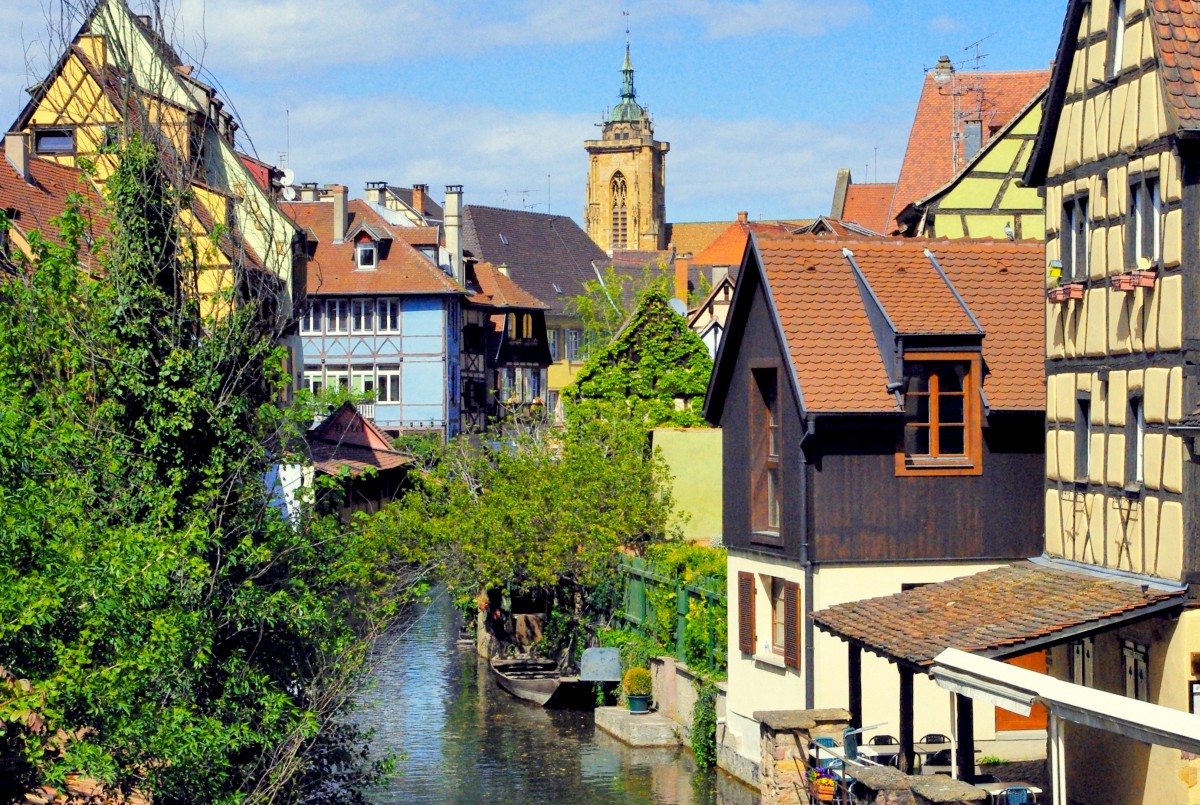
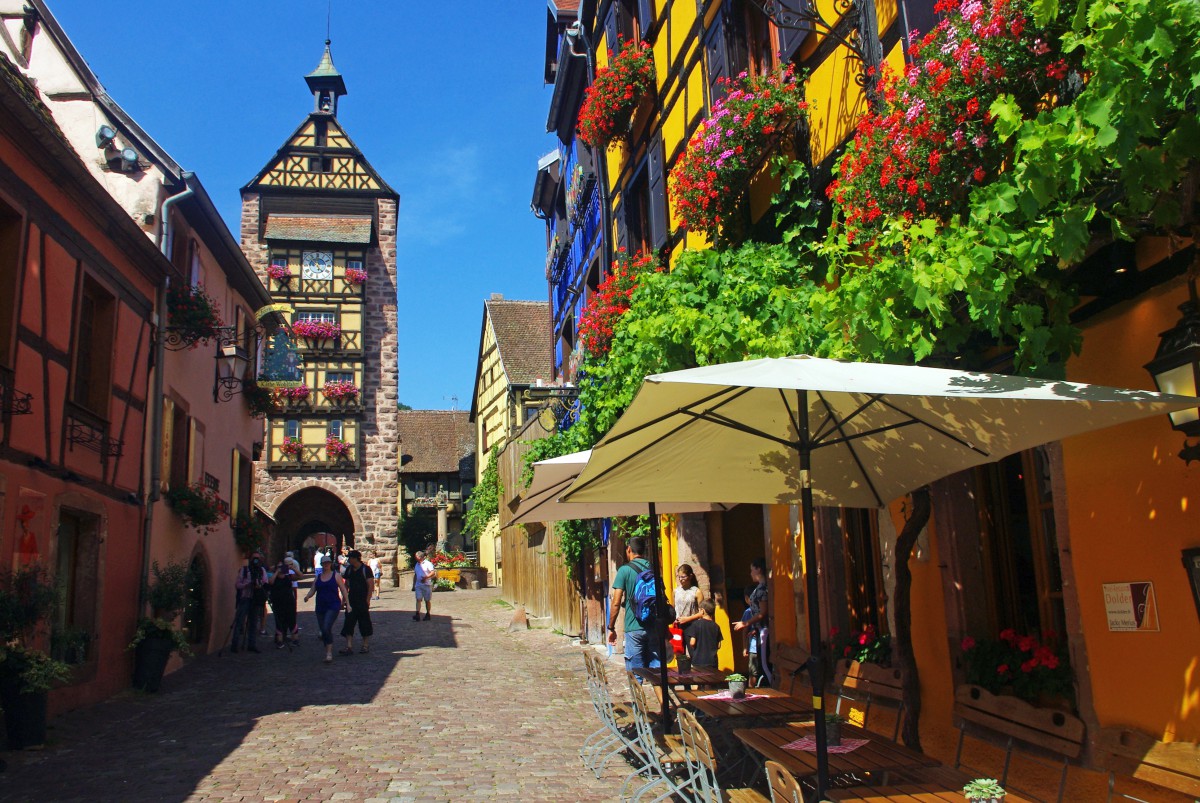

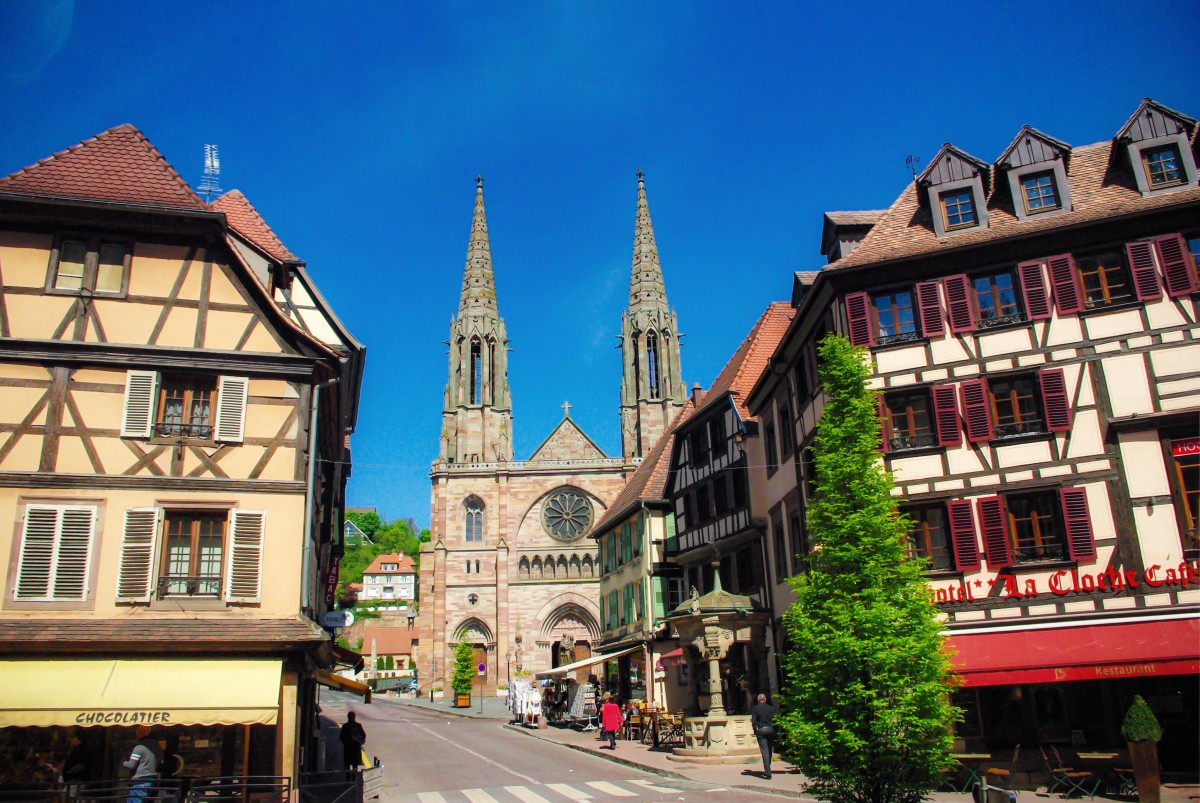
Neuf-Brisach and the Ried
Between Colmar and Freiburg-im-Breisgau is the fortified little town of Neuf-Brisach. Vauban, a military engineer of Louis XIV, drew its plans and work began in 1698.
The stronghold was built opposite the old town of Breisach, on the German side of the Rhine.
Today, Neuf-Brisach is a Unesco World Heritage Site.
![Neuf-Brisach from above © Luftfahrer – licence [CC BY-SA 3.0] from Wikimedia Commons](https://frenchmoments.eu/wp-content/uploads/2021/09/Neuf-Brisach-vu-du-ciel-©-Luftfahrer-licence-CC-BY-SA-3.0-from-Wikimedia-Commons.jpg)
![Neuf-Brisach Fortifications © Psu973 - licence [CC BY-SA 3.0] from Wikimedia Commons](https://frenchmoments.eu/wp-content/uploads/2020/06/Neuf-Brisach-Wall-©-Psu973-licence-CC-BY-SA-3.0-from-Wikimedia-Commons.jpg)
![Breisach Old Town © Taxiarchos228 - licence [CC BY-SA 3.0] from Wikimedia Commons](https://frenchmoments.eu/wp-content/uploads/2020/06/Breisach-Old-Town-©-Taxiarchos228-licence-CC-BY-SA-3.0-from-Wikimedia-Commons.jpg)
Strasbourg, capital of Alsace and Europe
Strasbourg is a major port on the Rhine River and the gateway to Germany. This important commercial centre is also the capital of Alsace and the head city of the Grand-Est region.
The old town of Strasbourg comprises a small island encircled by the River Ill: the Grande Île. There rises the Gothic cathedral of Notre-Dame with its lofty spire. The church was once the tallest building in the world.
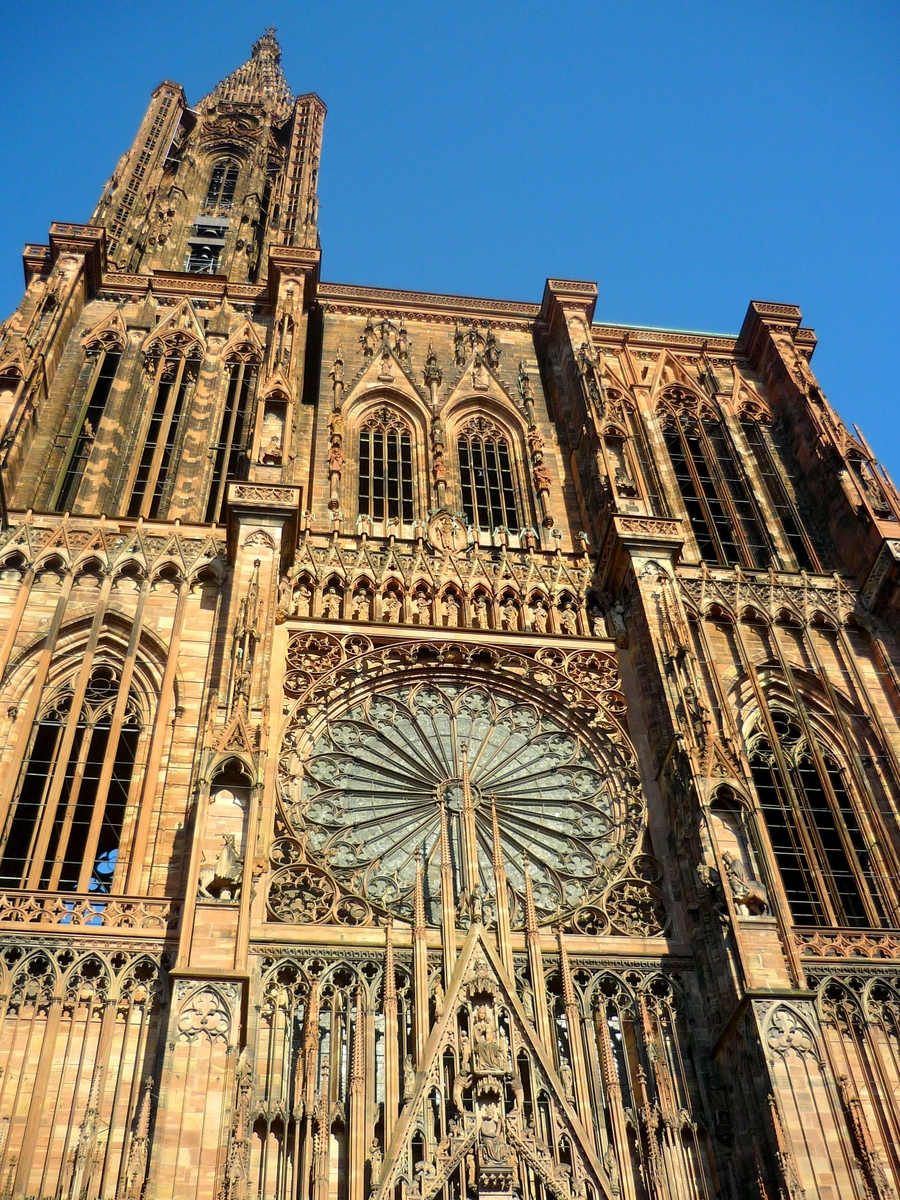
With stunning half-timbered houses, the picturesque district of La Petite-France is a picture-perfect site for photographers (and Instagrammers!).

The Imperial German District (Neustadt) contains some monumental edifices built during the German occupation of Strasbourg (1871-1918).
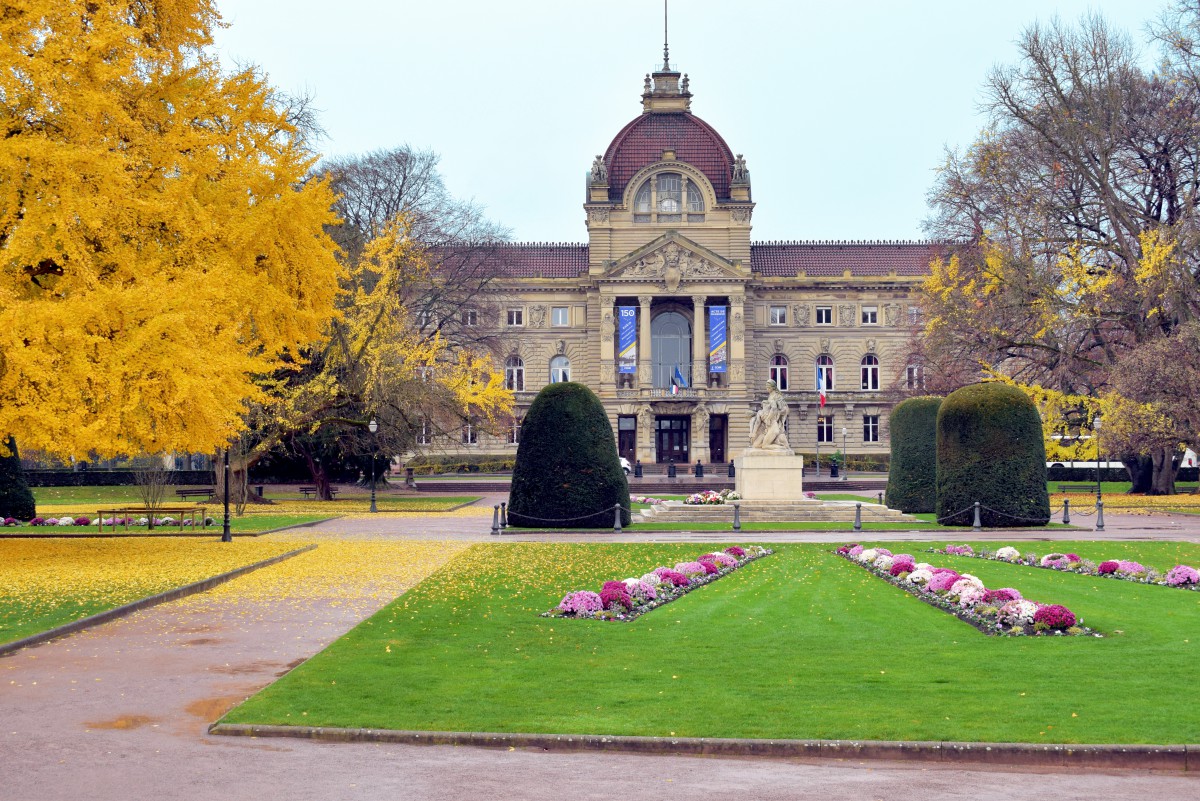
Both Grande-Île and Neustadt are Unesco World Heritage sites.
Today, Strasbourg is the seat of the Council of Europe and the European Court of Human Rights. In the same district (le quartier des institutions européennes), MEPs meet at the impressive building of the European Parliament.

The capital of Christmas!
Finally, each December Strasbourg hosts France’s oldest and largest Christmas market with hundreds of stalls scattered across the old town.
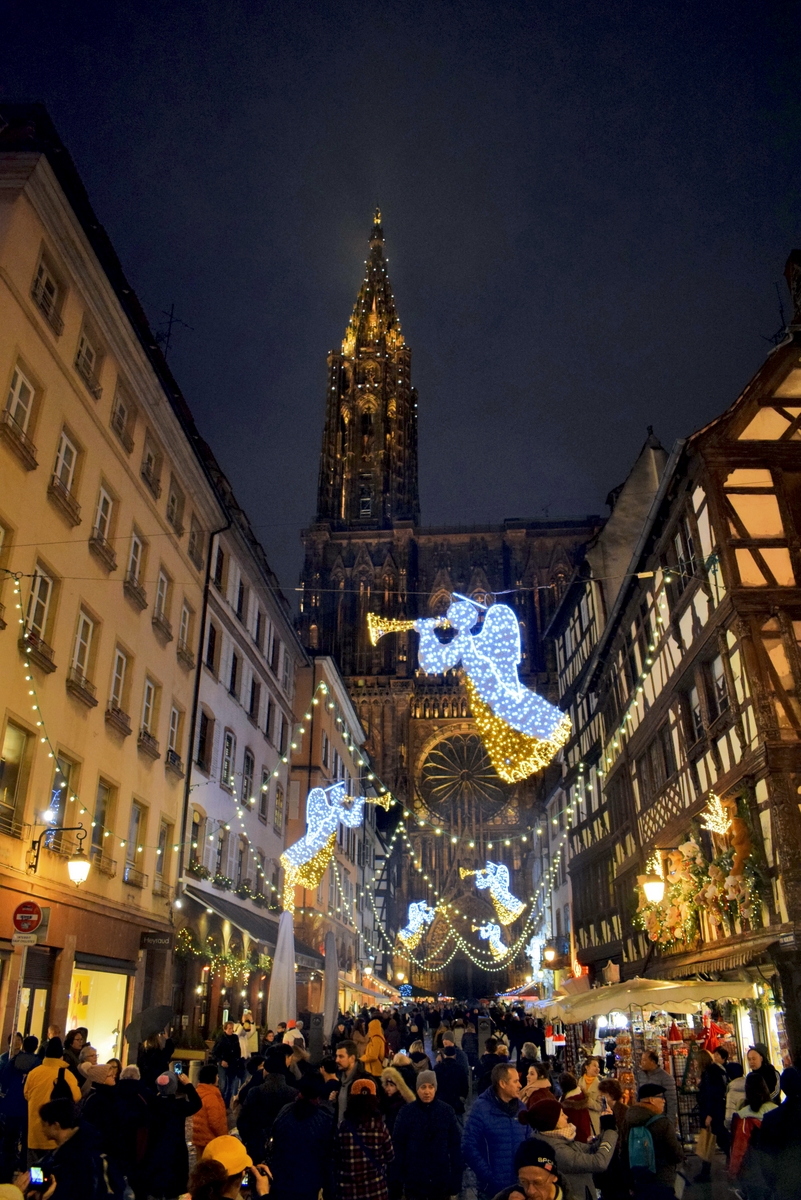
The River Rhône
Out of the main rivers in France, the Rhône is the only one that empties into the Mediterranean Sea. The waterway becomes an important river from Lyon where it flows south to Provence.
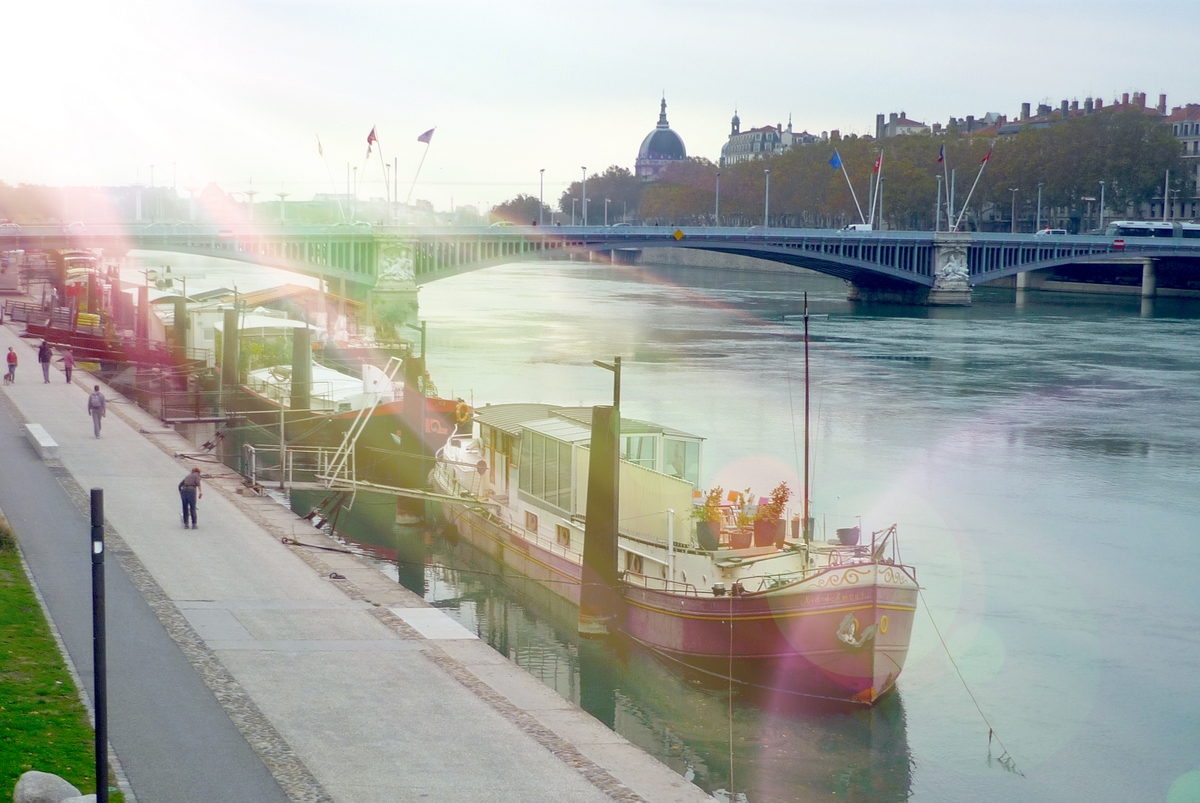
The River Rhône rises at an altitude of 2,208 metres above sea level at the Rhône Glacier in Valais, Switzerland.
![The Rhône glacier in Switzerland © Unknown - licence [CC BY-SA 3.0] from Wikimedia Commons](https://frenchmoments.eu/wp-content/uploads/2020/06/Rhone-glacier-©-Unknown-licence-CC-BY-SA-3.0-from-Wikimedia-Commons.jpg)
The Rhône is 813 km long (including 545 km in France) and crosses the cities of Sion, Geneva, Lyon, Vienne, Valence, Avignon and Arles.
The watershed of the Rhône includes towns such as Annecy, Aix-en-Provence, Arles, Besançon, Dijon, Gap, Grenoble, Lausanne, and Sion.
![The Rhone watershed © NordNordWest - licence [CC BY-SA 3.0] from Wikimedia Commons](https://frenchmoments.eu/wp-content/uploads/2020/06/Rhone-bassin-©-NordNordWest-licence-CC-BY-SA-3.0-from-Wikimedia-Commons.png)
The affluents of the Rhône
The Rhône and its affluents have given their names to the following départements at the French Revolution.
- Rhône River (545 km in France). Départements: Bouches-du-Rhône [13], head city: Marseille / Rhône [69], head city: Lyon
- Ain River (190 km). Département: Ain [01], head city: Bourg-en-Bresse
- Ardèche River (125 km). Département: Ardèche [07], head city: Privas
- Doubs River (453 km). Département: Doubs [25], head city: Besançon
- Drôme River (110 km). Département: Drôme [26], head city: Valence
- Gard River (127 km). Département: Gard [38], head city: Nîmes
- Isère River (286 km). Département: Isère [38], head city: Grenoble / Savoie [73], head city: Chambéry
- Saône River (473 km). Départements: Haute-Saône [70], head city: Vesoul / Saône-et-Loire [71], head city: Mâcon
The River Rhône has given its name to a region of France:
- Auvergne-Rhône-Alpes
Along the River Rhône (in France)
The French Rhône starts its course in Lake Geneva (Lac Leman). In fact, the south side of the lake is French whilst the north side is Swiss. There are a number of popular destinations on the lakeshore: Evian-les-Bains, Thonon-les-Bains and Yvoire.
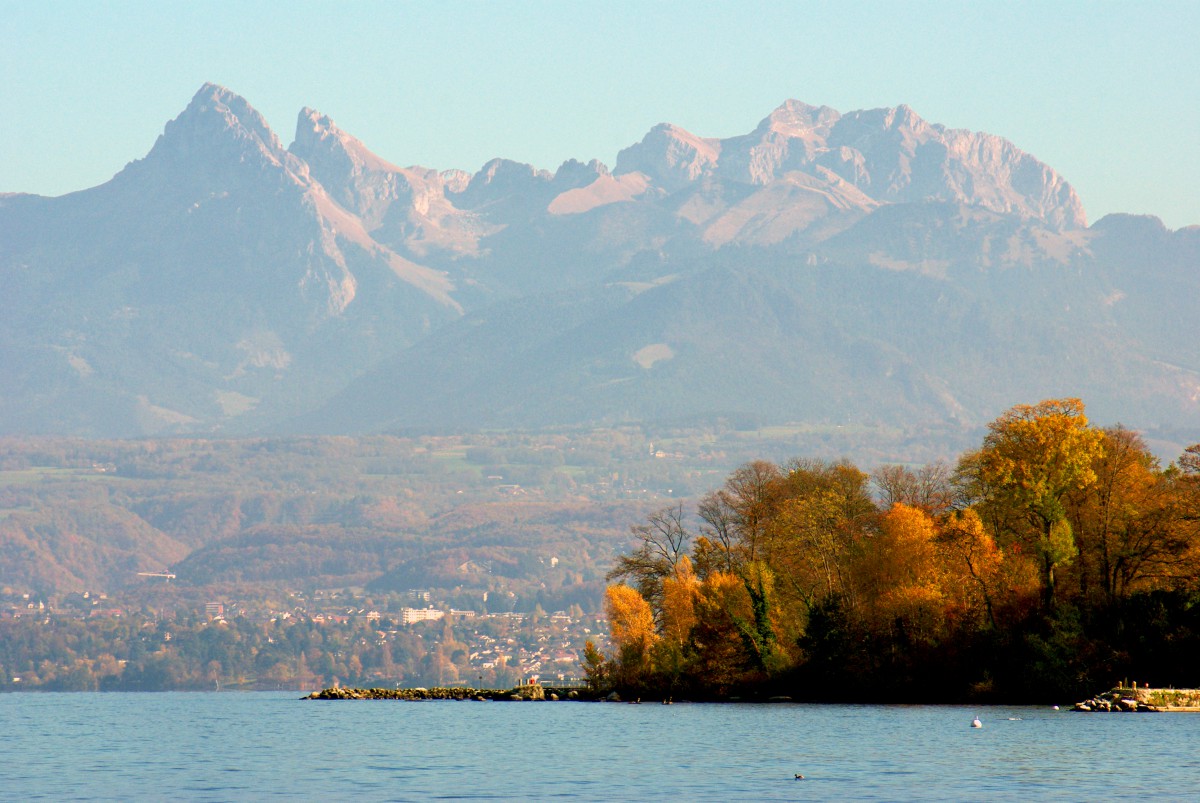
On its way to Lyon and the crossing of the Jura
After Geneva, the Rhône enters France for good at the Défilé de l’Ecluse near Bellegarde where it crosses the Jura mountains.
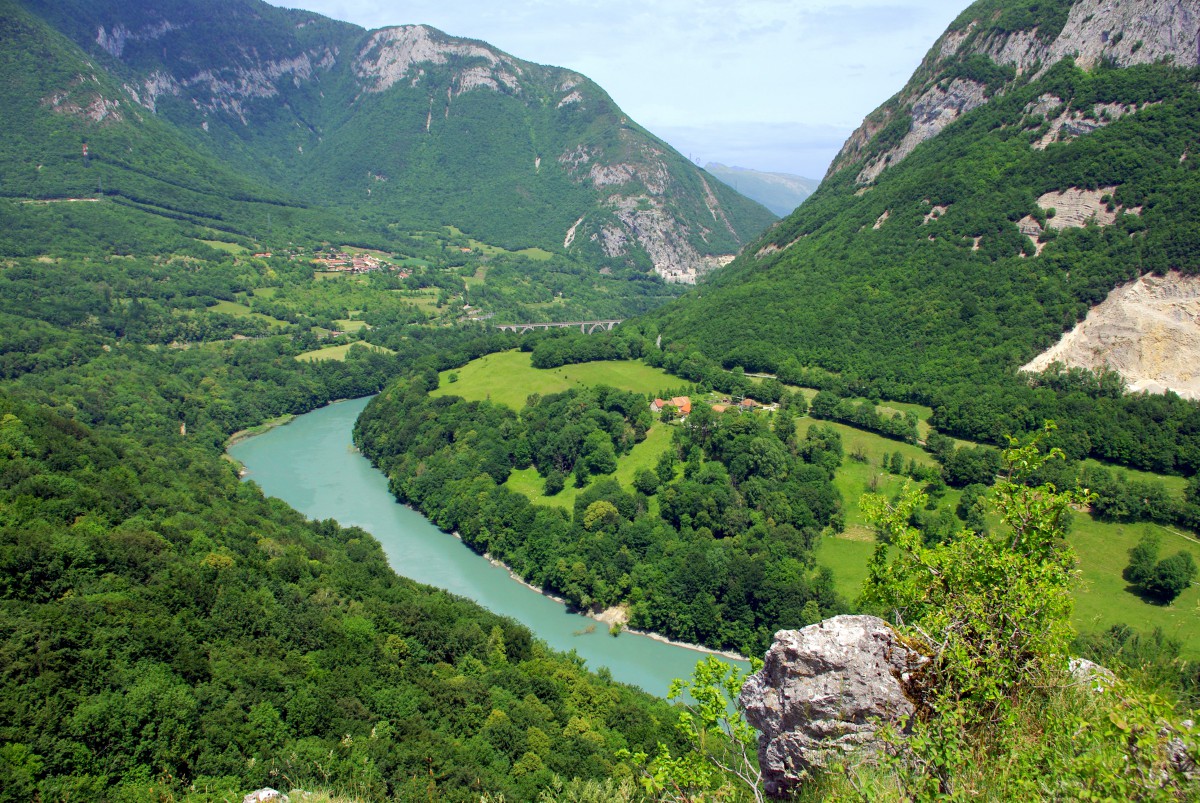
After that mountainous experience, the Rhône borders the Dombes region and passes by the medieval hill-top village of Pérouges with its sun-kissed cobbled streets (also one of France’s most beautiful villages).
![Pérouges © Peter Broster - licence [CC BY 2.0] from Wikimedia Commons](https://frenchmoments.eu/wp-content/uploads/2019/10/Pérouges-Place-de-la-Halle-©-Peter-Broster-licence-CC-BY-2.0-from-Wikimedia-Commons.jpg)
Lyon, France’s second-largest city
Lyon is a major confluence where the Saône merges into the Rhône. This is France’s second-largest urban area after Greater Paris.
The ancient city that has kept amazing remains from its Roman past, particularly on Fourvière Hill.

From the Vieux-Lyon to the Presqu’Île
The remarkable old town of Lyon at the foot of the Fourvière Hill is a Unesco World Heritage site. With its medieval and Renaissance houses, it is the old part of town where you’ll find the famous traboules, narrow public lanes which connect one street to another.
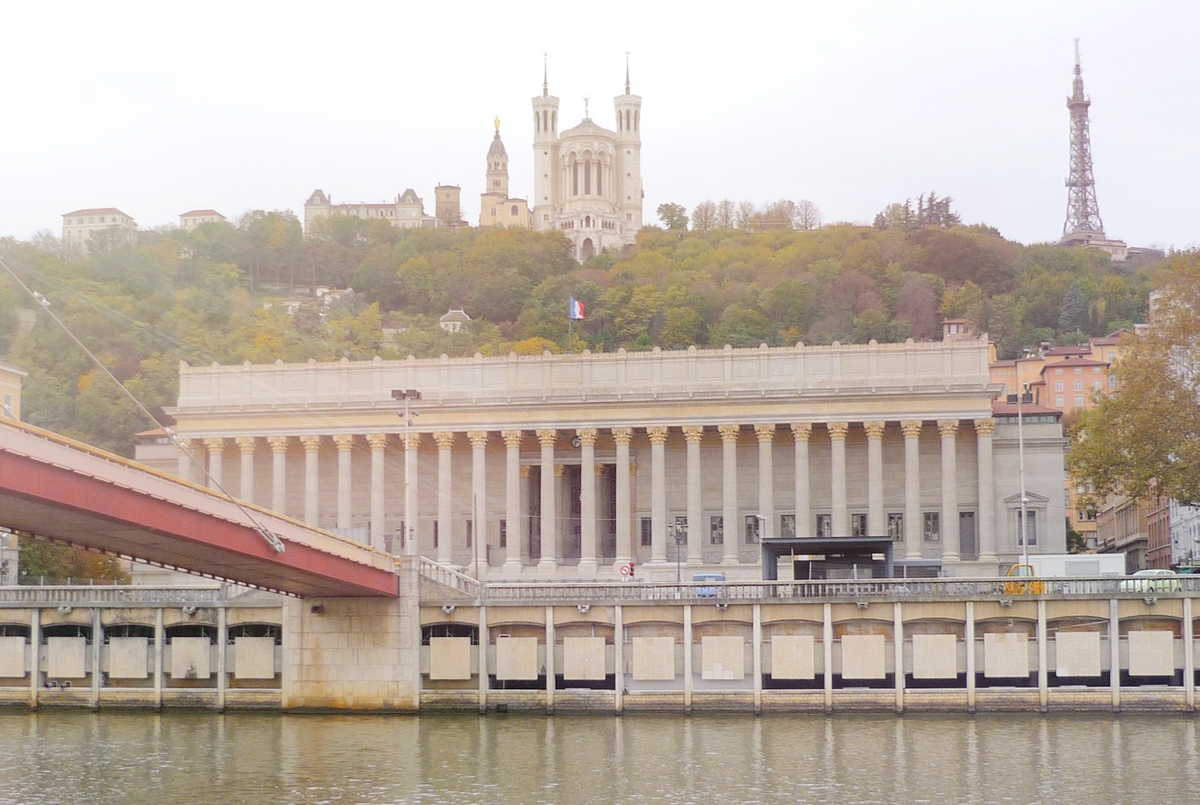
The Presqu’Île, sandwiched between the Saône and the Rhône, contains some iconic landmarks and monuments of Lyon: place Bellecour, the City-Hall, the Fine Arts Museum and the radically redesigned Lyon Opera House.
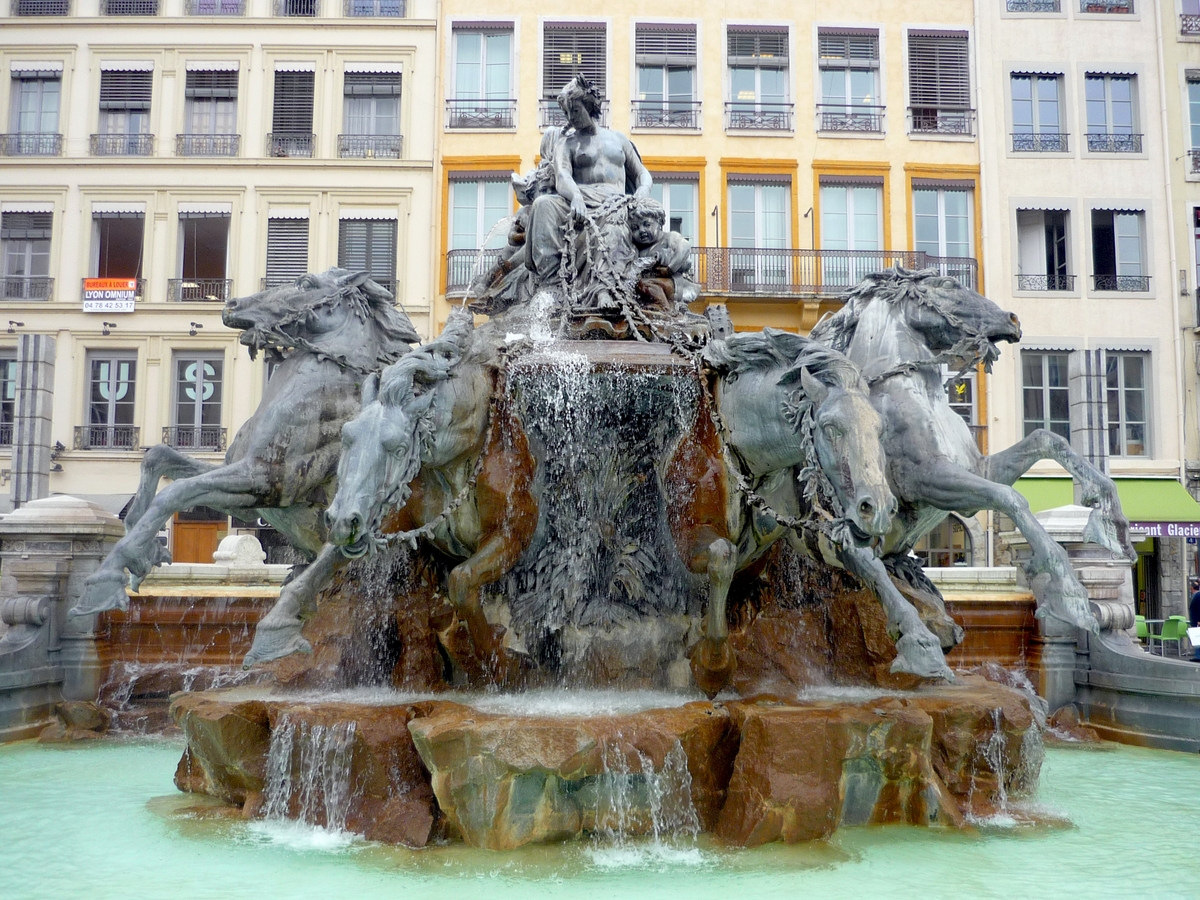
Finally, Lyon is reputed for being the French capital of Gastronomy!
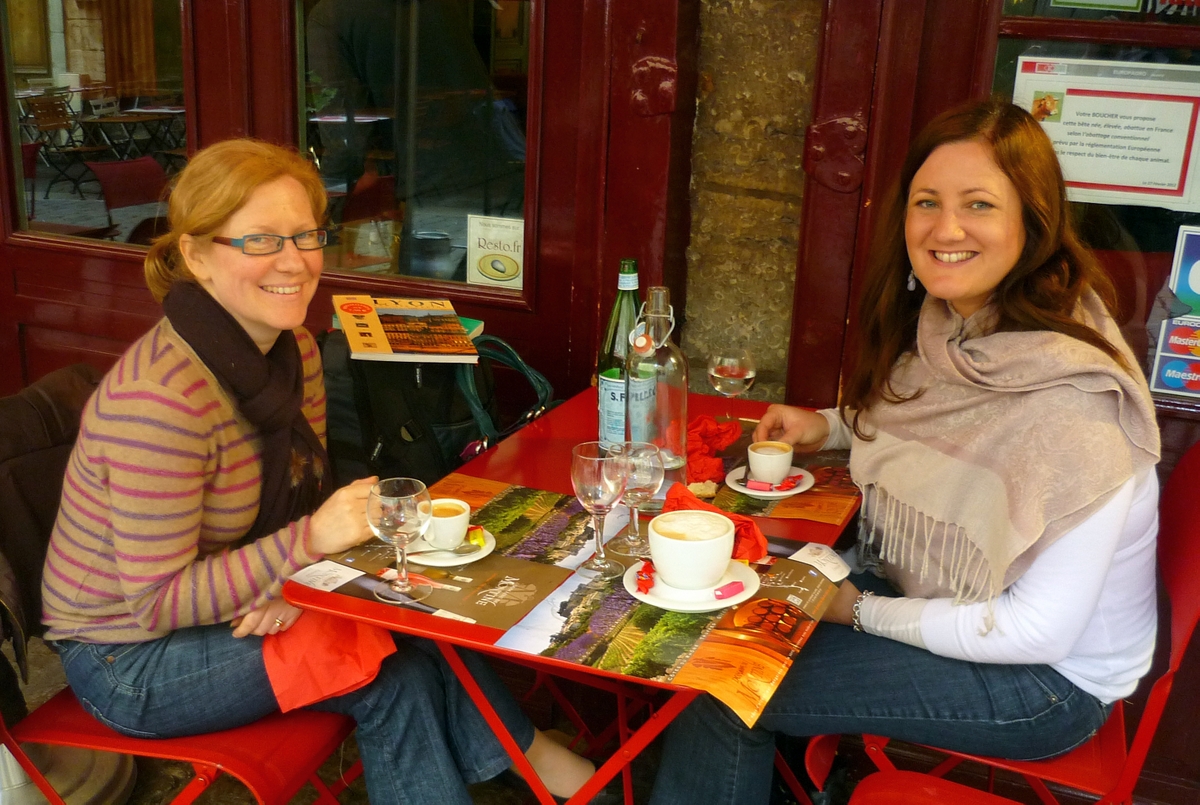
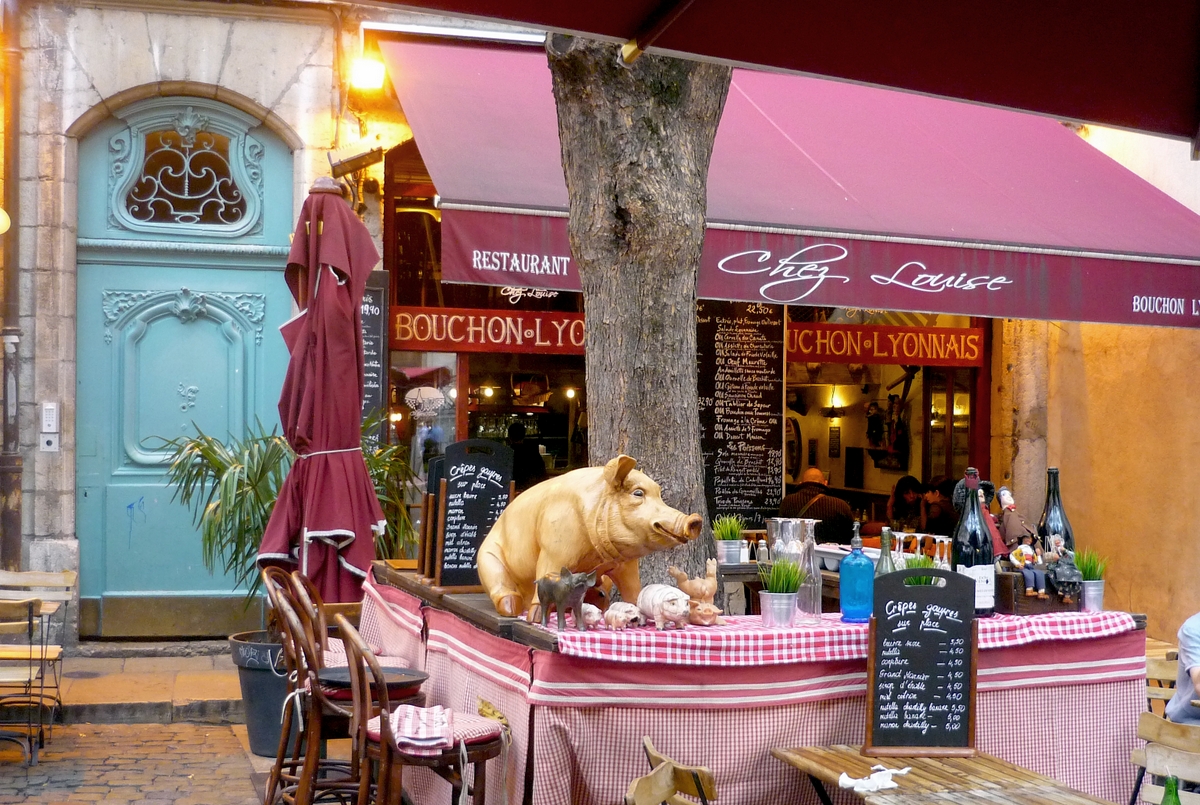
- Find out more about Lyon on the blog!
- Get your online tickets for monuments, museums and activities in Lyon!
- Book your accommodation in Lyon!
The Rhône Valley
From Lyon to Avignon, the Rhône Valley has been a strategic route since Ancient Times. It has kept a great number of touristic sites scattered along the river, a patchwork of industrious plants, vineyards and fruit orchards.
The main sites of interests in the Rhône Valley are Tournon-sur-Rhône, Valence, Montélimar (famous for its nougat), the beautiful villages of Viviers and La Garde-Adhémar, the medieval bridge in Pont-Saint-Esprit.
![Valence and the Rhône from above © Esby - licence [CC BY-SA 3.0] from Wikimedia Commons](https://frenchmoments.eu/wp-content/uploads/2020/06/Valence-©-Esby-licence-CC-BY-SA-3.0-from-Wikimedia-Commons.jpg)
![Tournon © PRA - licence [CC BY 2.5] from Wikimedia Commons](https://frenchmoments.eu/wp-content/uploads/2020/06/Tournon-©-PRA-licence-CC-BY-2.5-from-Wikimedia-Commons.jpg)
![Viviers © MOSSOT - licence [CC BY-SA 3.0] from Wikimedia Commons](https://frenchmoments.eu/wp-content/uploads/2020/06/Viviers-©-MOSSOT-licence-CC-BY-SA-3.0-from-Wikimedia-Commons.jpg)
Avignon, City of the Popes
Avignon is a major stage along the course of the Rhône. The town has been for centuries one of the major artistic centres of France. The old town contains amazing monuments and museums, including the fantastic Popes’ Palace (Palais des Papes), the cathedral Notre-Dame-des-Doms and its charming garden, without forgetting the famous St Bénézet bridge, canonised in the famous song “Sur le pont d’Avignon“.
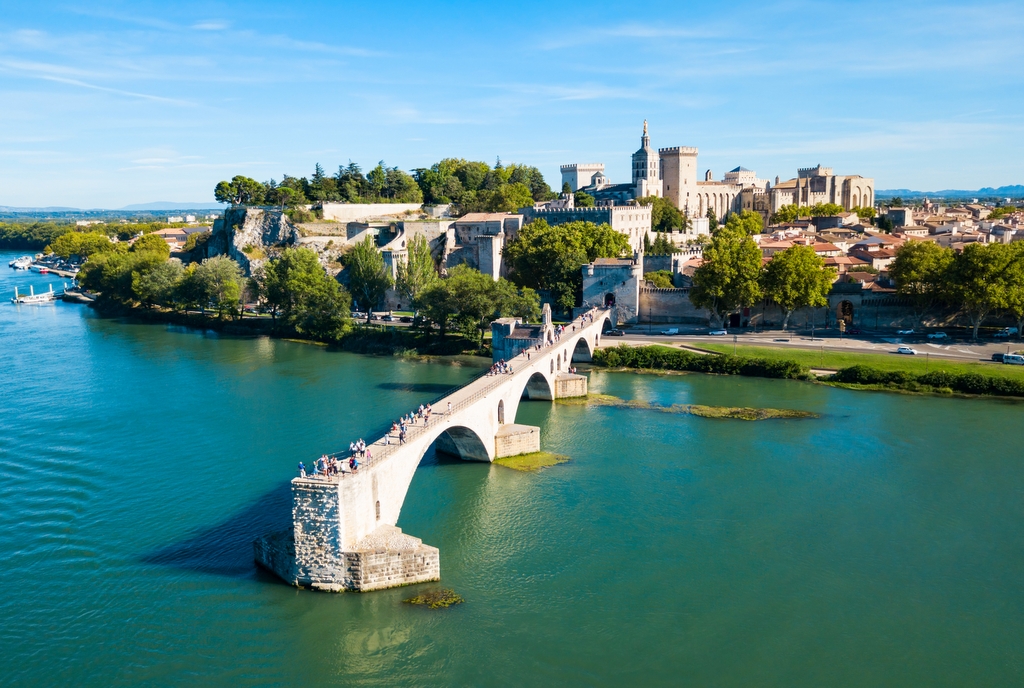
Above the west bank of the Rhône rises Villeneuve-lès-Avignon up a rocky spur where stands the vast St André fort.
- Get your online tickets for monuments, museums and activities in Avignon!
- Book your accommodation in Avignon!
Beaucaire and Tarascon
20 km south of Avignon are the two towns of Beaucaire and Tarascon, facing each other. Beaucaire on the west bank of the Rhône and Tarascon on the east bank.

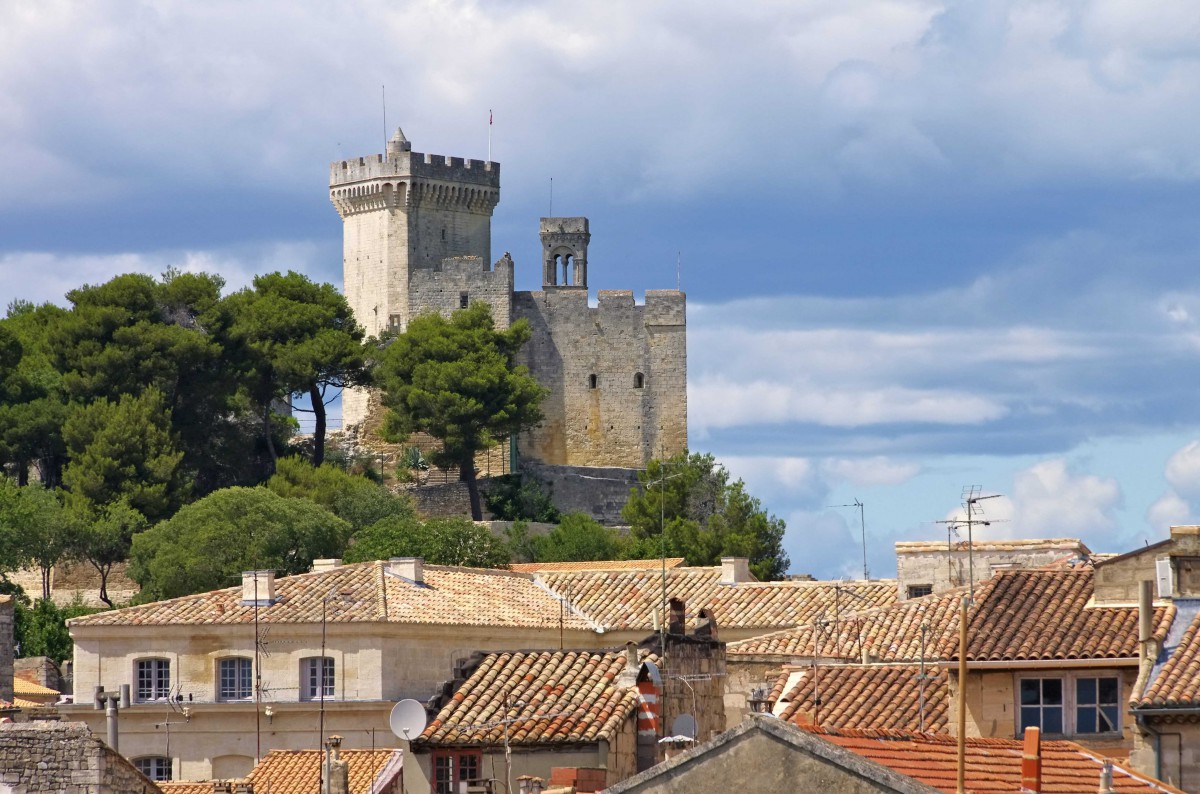
Both touristic destinations have kept their medieval castles and typical Provençal old towns.
Arles
Arles is one of these places you cannot miss… particularly if you’re fond of Provence. The historic town owes its fame to the well-preserved Roman arena, Les Arènes.

The ancient monument is backed by a great number of other monuments and edifices, both Roman and medieval such as the Roman theatre, the Constantin Roman baths, the Roman burial site of Les Alyscamps, the cathedral of St Trophime from the 12th century…
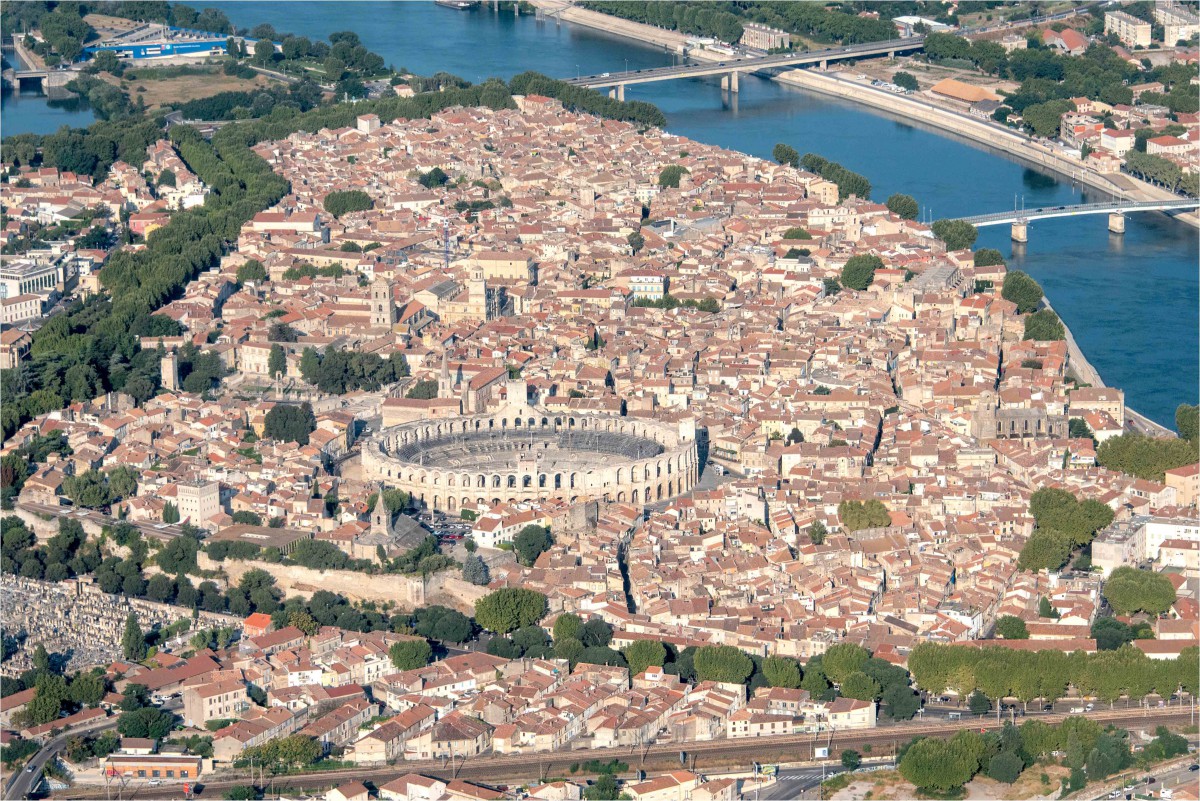
The Camargue
The Rhône meets the Mediterranean sea in a delta, known by the French as “le Delta du Rhône”. It gave its name to the French département Les Bouches du Rhône (the mouth of the Rhône).
This is where the Camargue stretches. It is a natural area where land, lagoon and sea meet.
There’s so much to see and do in the Camargue: birdwatching (April to June are the best months to observe a multitude of flamingos), walking on paths and sea dykes, horse riding… and visiting the little town of Saintes-Maries-de-la-Mer.
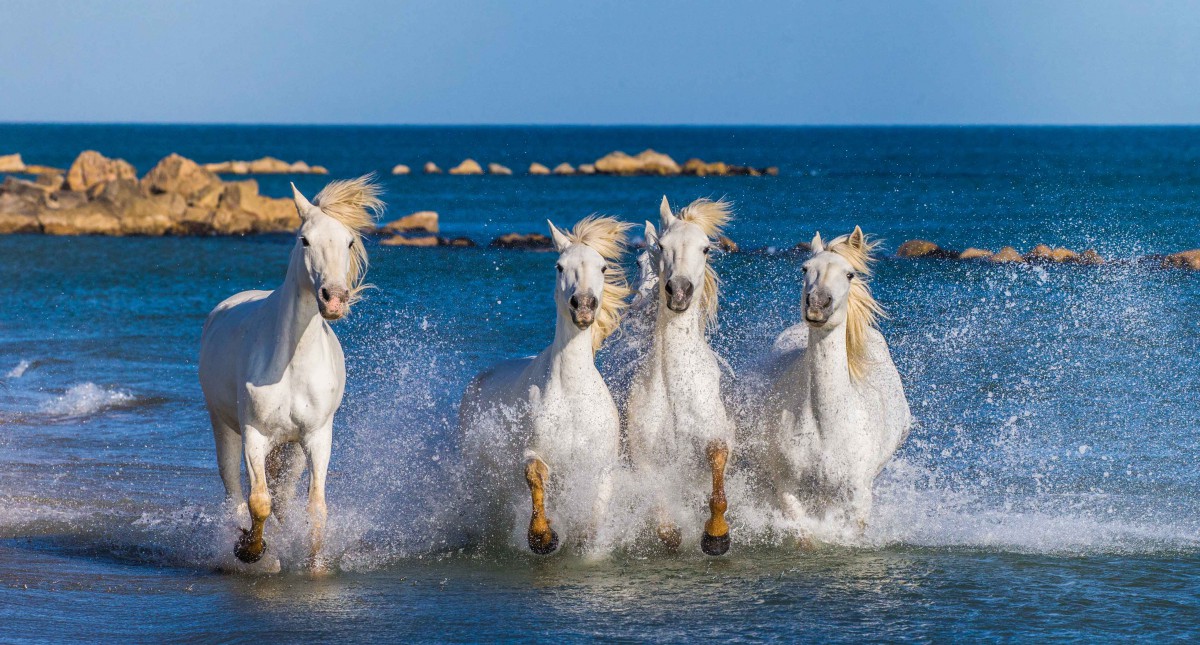
![Flamingos in the Camargue © Sonia Marotta - licence [CC BY-SA 2.0] from Wikimedia Commons](https://frenchmoments.eu/wp-content/uploads/2020/06/Camargue-flamingos-©-Sonia-Marotta-licence-CC-BY-SA-2.0-from-Wikimedia-Commons-1.jpg)
![Saintes-Maries-de-la-Mer © Jean-Louis Vandevivère - licence [CC BY-SA 2.0] from Wikimedia Commons](https://frenchmoments.eu/wp-content/uploads/2020/06/Saintes-Maries-de-la-Mer-©-Jean-Louis-Vandevivère-licence-CC-BY-SA-2.0-from-Wikimedia-Commons.jpg)
The River Seine
What is the famous river in Paris called? – The River Seine bien sûr !

The Seine rises at an altitude of 446 metres above sea level at Source-Seine in the Langres Plateau (Burgundy).
The river flows northwest in a winding course until it empties into the English Channel at Le Havre.
The Seine is 776 km long and crosses the cities of Troyes, Paris, and Rouen.
Besides being known as the river that flows through Paris, the watershed of the Seine also includes provincial towns such as Rouen, Le Havre, Reims, Troyes, Beauvais, Auxerre, and Evreux.
![Main Rivers in France: Topographic map of the Seine basin © Paul Passy - licence [CC BY-SA 3.0] from Wikimedia Commons](https://frenchmoments.eu/wp-content/uploads/2020/05/Topographic-map-of-the-Seine-basin-©-Paul-Passy-licence-CC-BY-SA-3.0-from-Wikimedia-Commons.jpg)
The affluents of the Seine
The Seine and its affluents have given their names to the following départements at the French Revolution.
- River Seine (776 km). Départements: Seine-Maritime [76], head city: Rouen / Seine-et-Marne [77], head city: Melun / Hauts-de-Seine [92], head city: Nanterre / Seine-Saint-Denis [93], head city: Bobigny. Until 1968, Paris (a city and a département) was known as Seine [75]. There was another département known as Seine-et-Oise [78] which mainly consisted of today’s départements of Yvelines and Hauts-de-Seine.
- Aube River (248 km). Département: Aube [10], head city: Troyes.
- Essonne River (101 km). Département: Essonne [91], head city: Evry-Courcouronnes
- Eure River (228 km). Départements: Eure [27], head city: Evreux / Eure-et-Loir [28], head city: Chartres
- Marne River (514 km). Départements: Marne [51], head city: Châlons-en-Champagne / Haute-Marne [52], head city: Chaumont / Seine-et-Marne [77], head city: Melun / Val de Marne [94], head city : Créteil
- Oise River (341 km). Département: Oise [60], head city: Beauvais / Val d’Oise [95], head city: Pontoise
- Yonne River (292 km). Département: Yonne [89], head city: Auxerre
Along the Seine River
The sources of the Seine are situated in the village of Source-Seine in Burgundy. There, the Seine River “takes its first steps”… And here’s the very first bridge spanning the Seine!
![The grotto at the Source of the Seine © Thesupermat - licence [CC BY-SA 3.0] from Wikimedia Commons](https://frenchmoments.eu/wp-content/uploads/2020/05/Saint-Germain-Source-Seine-LR-©-Thesupermat-licence-CC-BY-SA-3.0-from-Wikimedia-Commons.jpg)
Châtillon-sur-Seine
Châtillon-sur-Seine is situated 40 km from the sources of the Seine.
The little town is very interesting as it has a number of historical monuments such as the old church of Saint-Vorles (10th and 12th centuries).
![Châtillon-sur-Seine [Public Domain]](https://frenchmoments.eu/wp-content/uploads/2020/05/Chatillon-sur-Seine-domaine-public.jpg)
Troyes
Troyes lies in the Champagne wine region. This is the former capital of Champagne where famous annual fairs took place during the Middle Ages.
The old town centre boasts historic mansions that reveal the former opulence of the city. The old streets are lined with several half-timbered houses with pointed gables.
Troyes is also noted for its beautiful churches of Gothic architecture typical of the Champagne region such as the cathedral of Saint-Pierre-et-Saint-Paul.
![The façade of Troyes Cathedral © Gérard Janot - licence [CC BY-SA 3.0] from Wikimedia Commons](https://frenchmoments.eu/wp-content/uploads/2020/05/Troyes-Cathedral-LR-©-Gérard-Janot-licence-CC-BY-SA-3.0-from-Wikimedia-Commons.jpg)
![Half-timbered houses in Troyes © GFreihalter - licence [CC BY-SA 3.0] from Wikimedia Commons](https://frenchmoments.eu/wp-content/uploads/2020/05/Troyes-Old-Centre-LR-©-GFreihalter-licence-CC-BY-SA-3.0-from-Wikimedia-Commons.jpg)
![Half-timbered houses in Troyes [Public domain]](https://frenchmoments.eu/wp-content/uploads/2020/05/Troyes-Old-Town-public-domain.jpg)
Approaching the East Region of Paris
Before crossing Melun, the Seine borders the famous forest of Fontainebleau.
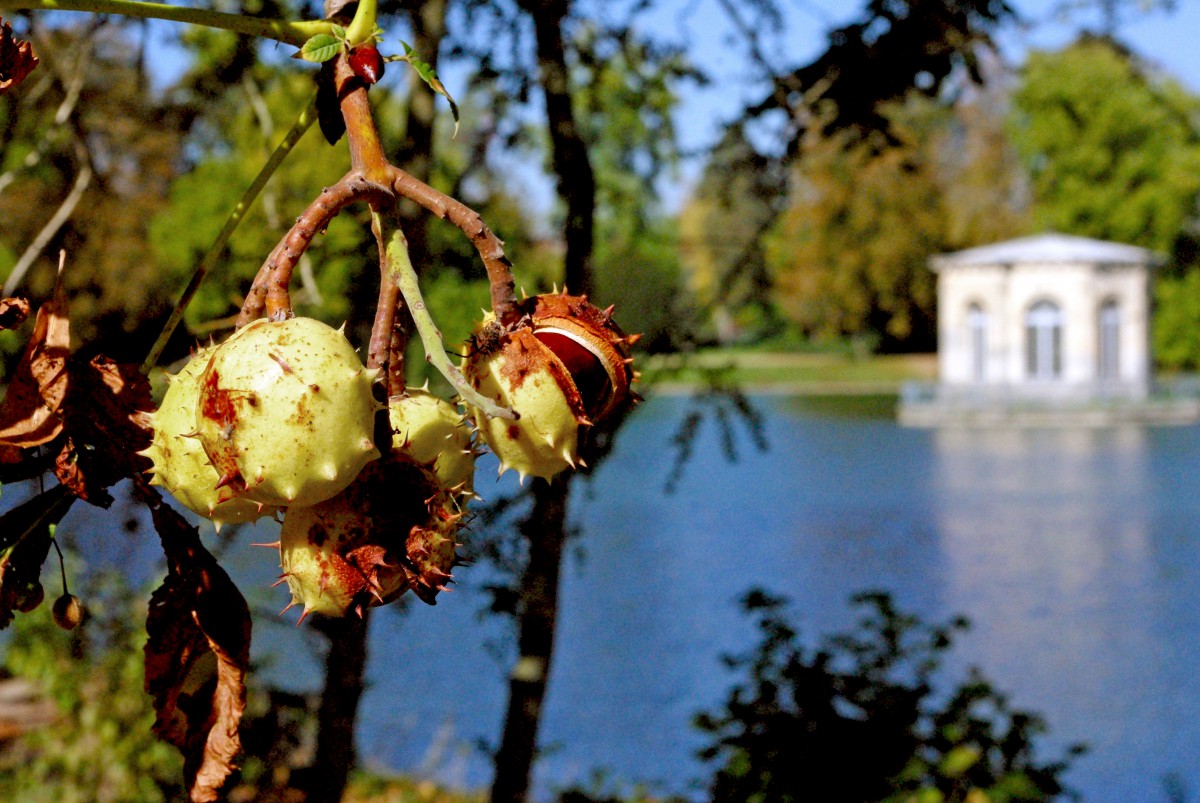
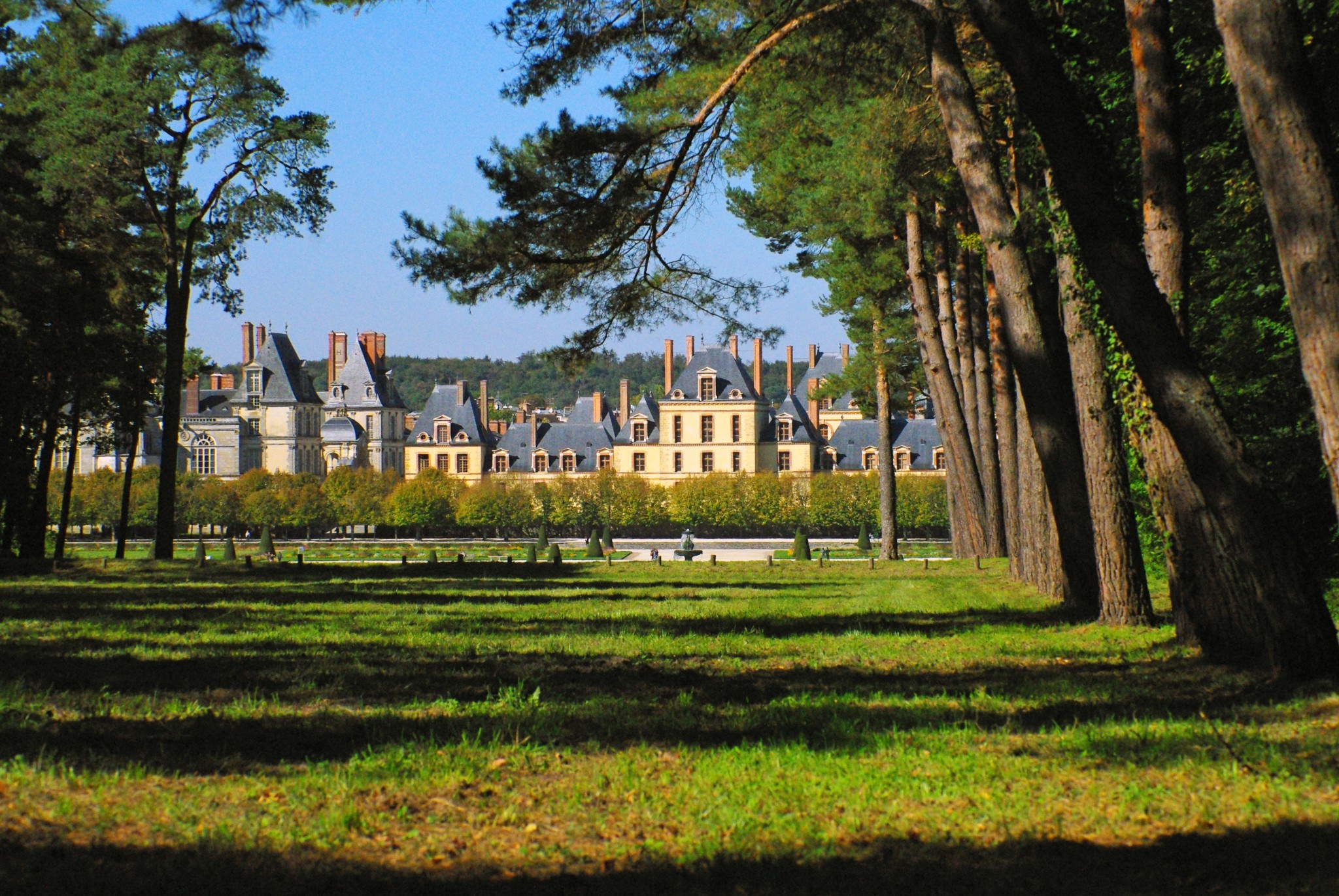

At Melun, the Seine enters the suburbs of Paris, not far from the stunning château of Vaux-le-Vicomte and the picturesque fortress of Blandy-les-Tours.

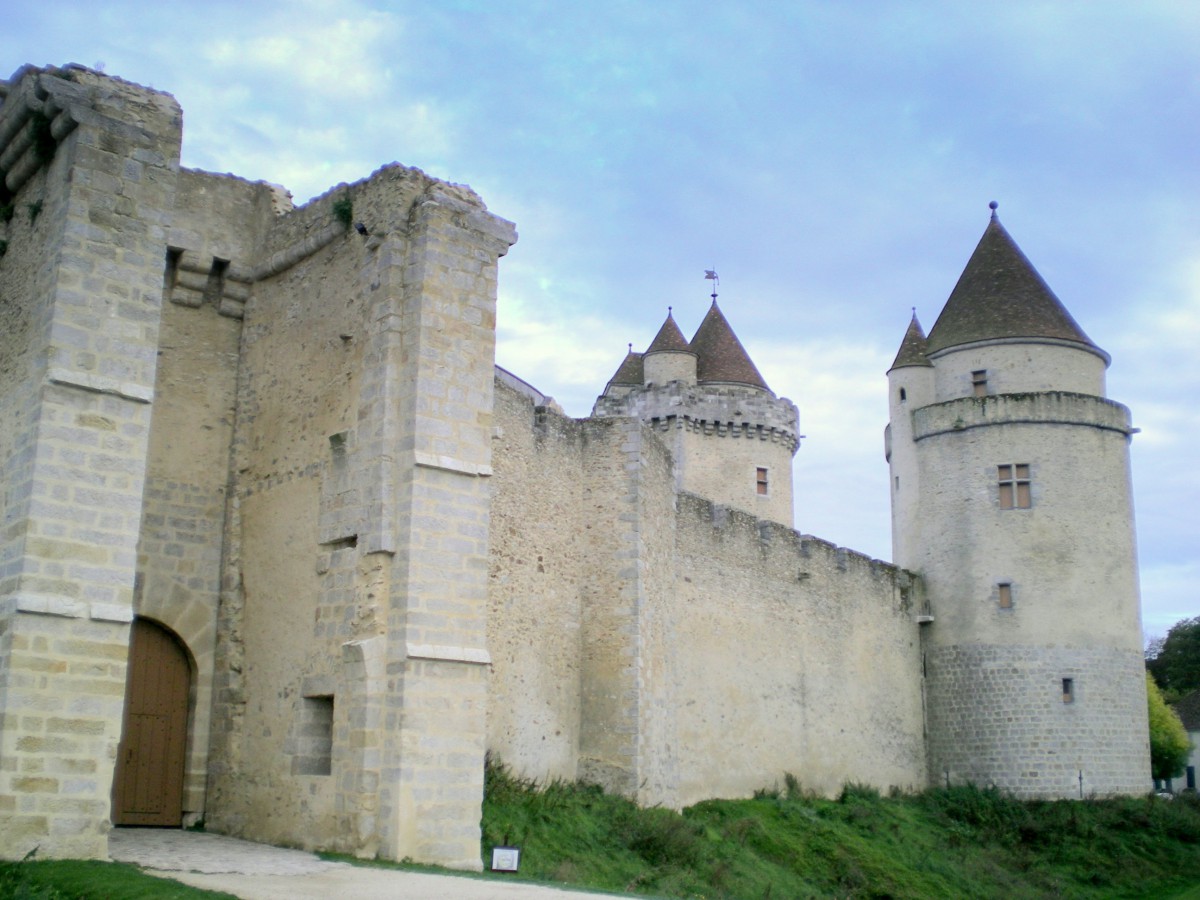
![Ile Saint Etienne, Melun © Tej - licence [CC BY-SA 3.0] from Wikimedia Commons](https://frenchmoments.eu/wp-content/uploads/2020/05/Ile-Saint-Etienne-Melun-LR-©-Tej-licence-CC-BY-SA-3.0-from-Wikimedia-Commons.jpg)
Paris, the City of Light
The crossing of the Seine in Paris offers one of the most romantic sites in France.
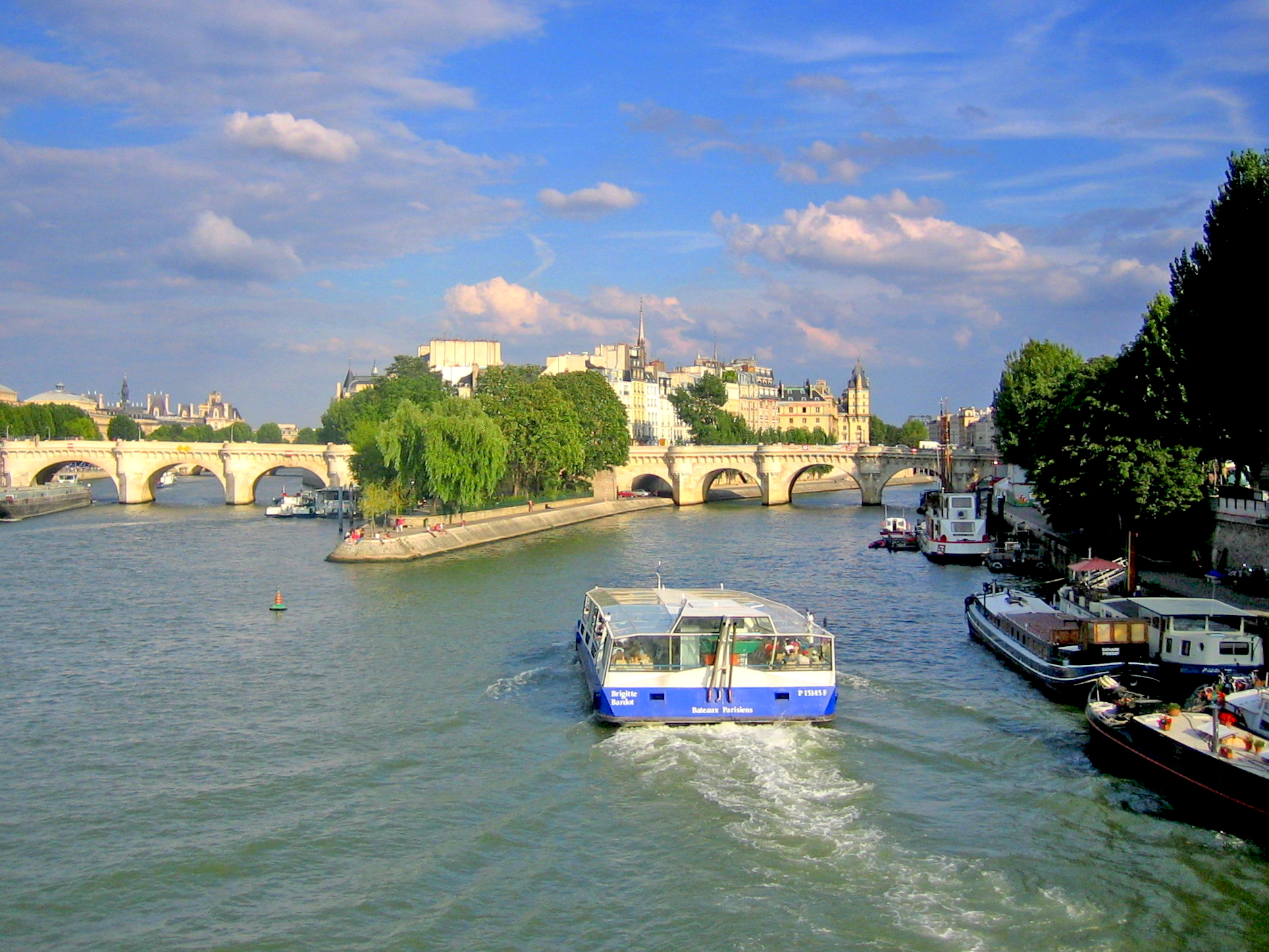
The course of the Seine is marked by a series of iconic Parisian landmarks: Notre-Dame cathedral, the Louvre, the Invalides, the Eiffel Tower… and 37 bridges connecting the Right Bank to the Left Bank, without forgetting the islands of Ile de la Cité and Ile Saint-Louis.


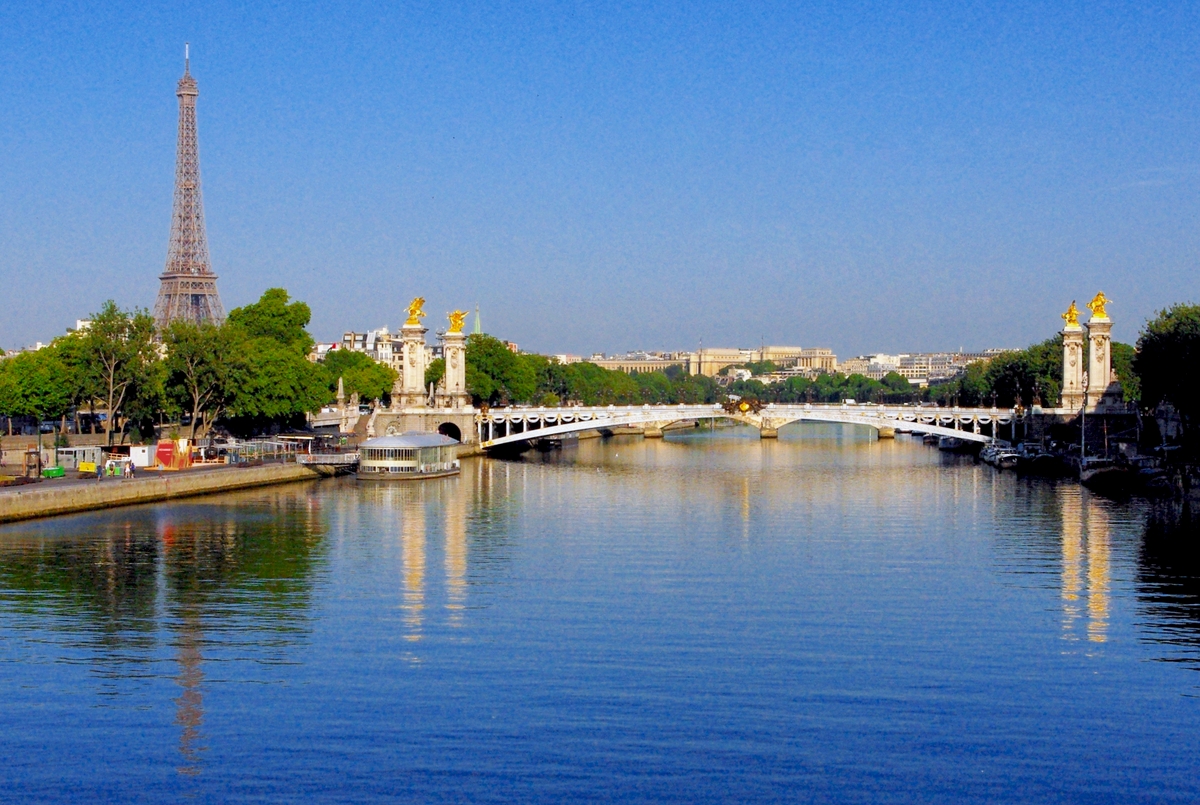
In 1991, the banks of the River Seine became a Unesco World Heritage Site.
- Find out more about the banks of the river Seine in Paris!
- Get your online tickets for monuments, museums and activities in Paris!
- Book your accommodation in Paris!
The West Region of Paris
The Seine passes by the western suburbs of Paris with some amazing vistas, châteaux and parks: Saint-Cloud, Saint-Germain-en-Laye, Maisons-Laffitte, Conflans-Saint-Honorine to name a few.
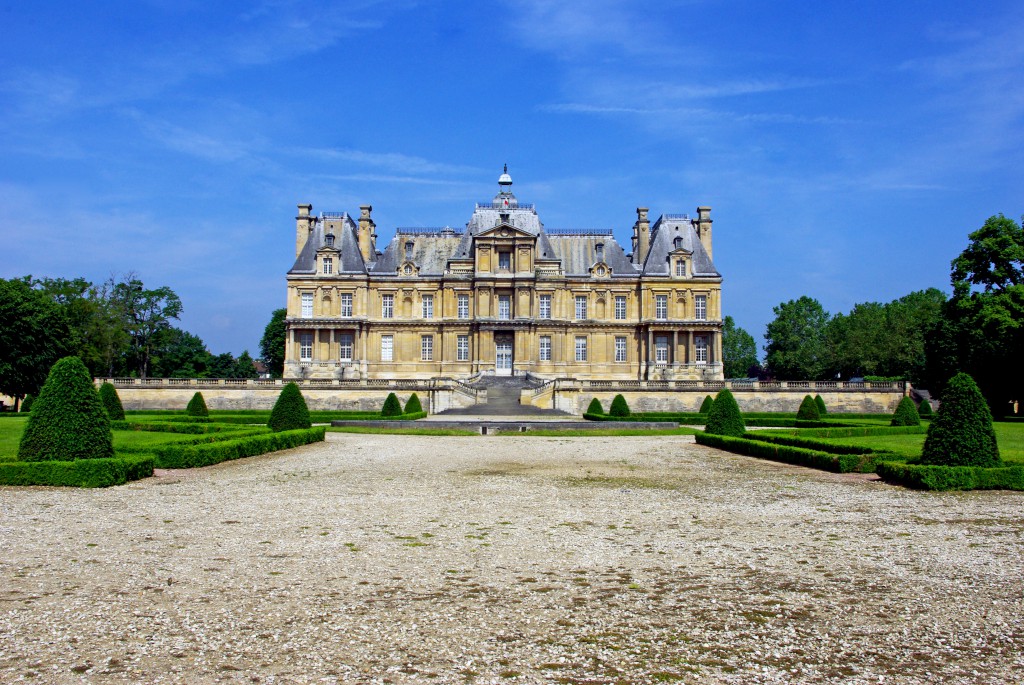

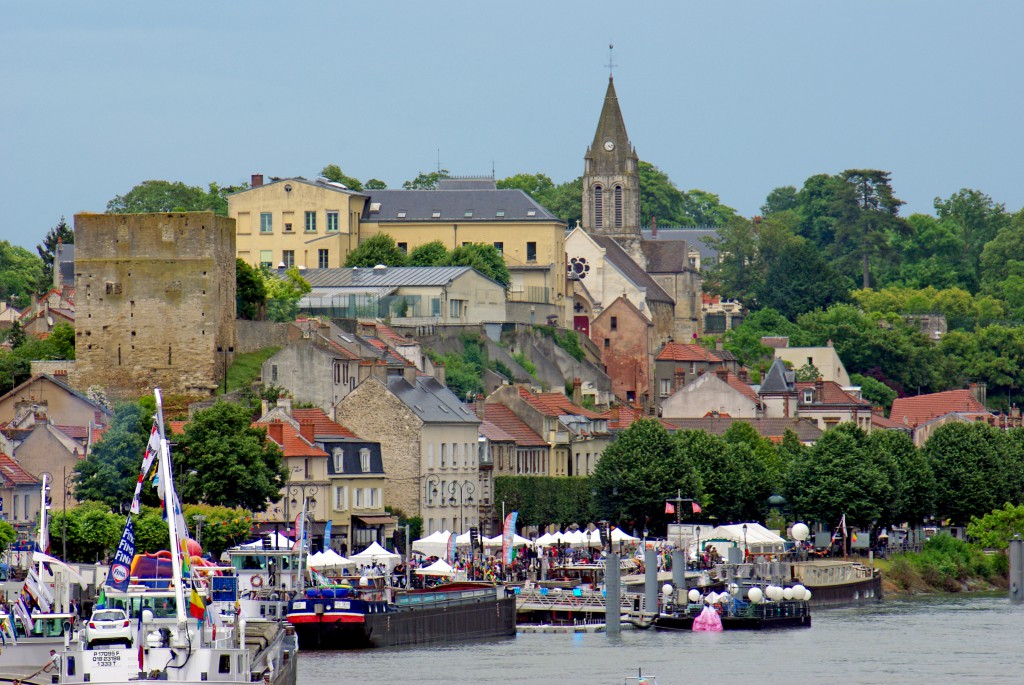
The Seine in Normandy
In Normandy, the Seine Valley offers a dramatic landscape with magnificent white cliffs of chalk. There lies the little town of Vernon, the ruined castle of Château-Gaillard, the gardens of Claude Monet in Giverny…
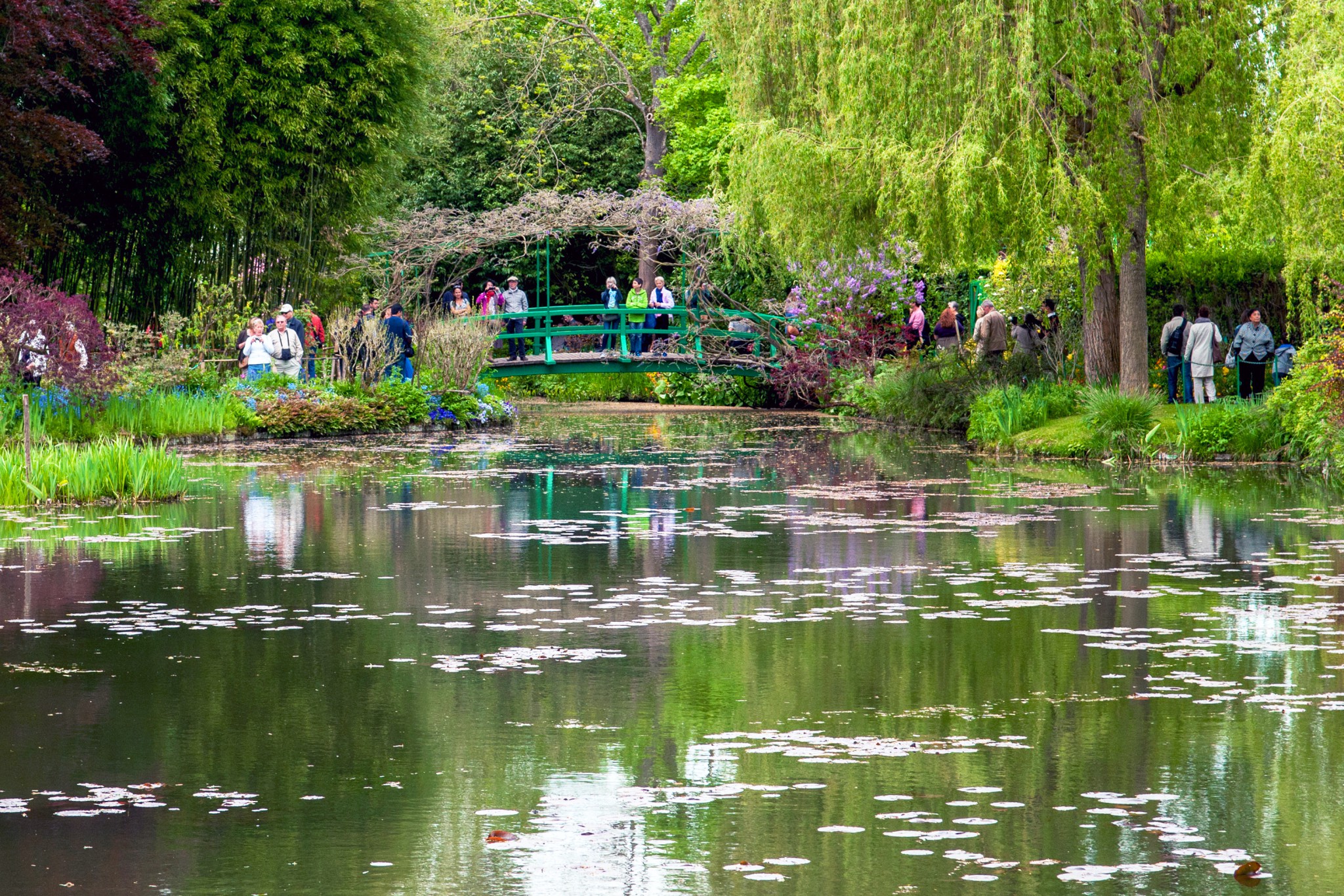
![Petit-Andely from Chateau-Gaillard © Tristan Nitot - licence [CC BY-SA 3.0] from Wikimedia Commons](https://frenchmoments.eu/wp-content/uploads/2020/05/Petit-Andely-from-Chateau-Gaillard-LR-©-Tristan-Nitot-licence-CC-BY-SA-3.0-from-Wikimedia-Commons.jpg)
![The Old Mill of Vernon © Spedona - licence [CC BY-SA 3.0] from Wikimedia Commons](https://frenchmoments.eu/wp-content/uploads/2020/05/Vernon-Old-Mill-LR-©-Spedona-licence-CC-BY-SA-3.0-from-Wikimedia-Commons.jpg)
Rouen
The Seine flows through Rouen. The capital of Normandy boasts a stunning old town with half-timbered houses and lofty Gothic churches.
The Notre-Dame Cathedral of Rouen is a masterpiece of Gothic architecture and the tallest church in France (151 m). Other beautiful churches include Saint-Ouen and Saint-Maclou.
The old town contains hundreds of beautifully restored half-timbered houses and a famous clock known as the Gros Horloge.
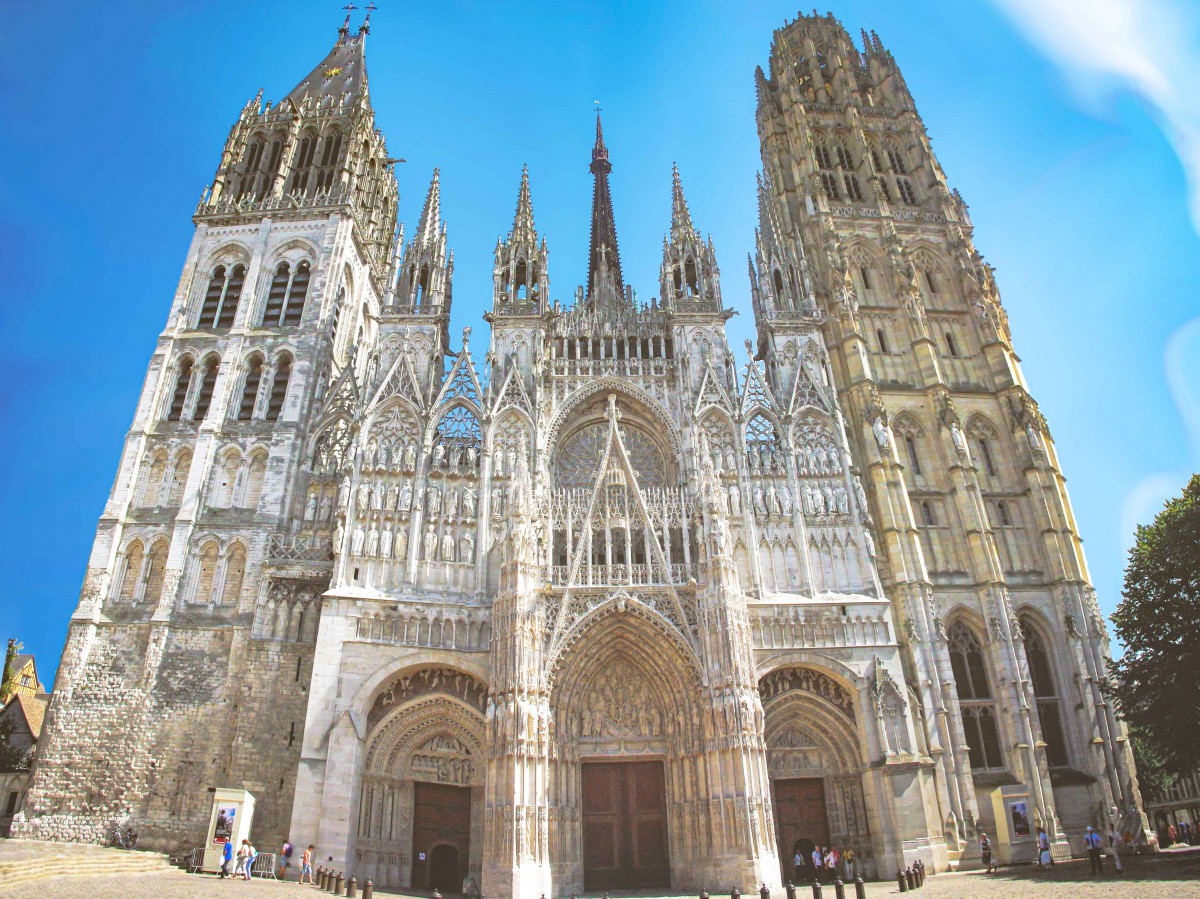


Along the Seine River West of Rouen
From Rouen to Le Havre, the Seine forms great meanders which encompass a few iconic sites such as:
- the romantic ruins of Jumièges Abbey,
- Notre-Dame church in Caudebec-en-Caux,
- the Marais-Vernier,
- the harbour of Honfleur, and
- the Unesco-listed town of Le Havre.
![The church of Caudebec-en-Caux © Pline - licence [CC BY-SA 3.0] from Wikimedia Commons](https://frenchmoments.eu/wp-content/uploads/2020/05/Caudebec-en-Caux-LR-©-Pline-licence-CC-BY-SA-3.0-from-Wikimedia-Commons.jpg)
![The high-rise houses, Honfleur © Pir6mon - licence [CC BY-SA 3.0] from Wikimedia Commons](https://frenchmoments.eu/wp-content/uploads/2020/05/Honfleur-LR-©-Pir6mon-licence-CC-BY-SA-3.0-from-Wikimedia-Commons.jpg)
![The ruins of Jumièges Abbey by Franz Golhen [Public Domain]](https://frenchmoments.eu/wp-content/uploads/2020/05/Jumièges-Abbey-by-Franz-Golhen-Public-Domain.jpg)
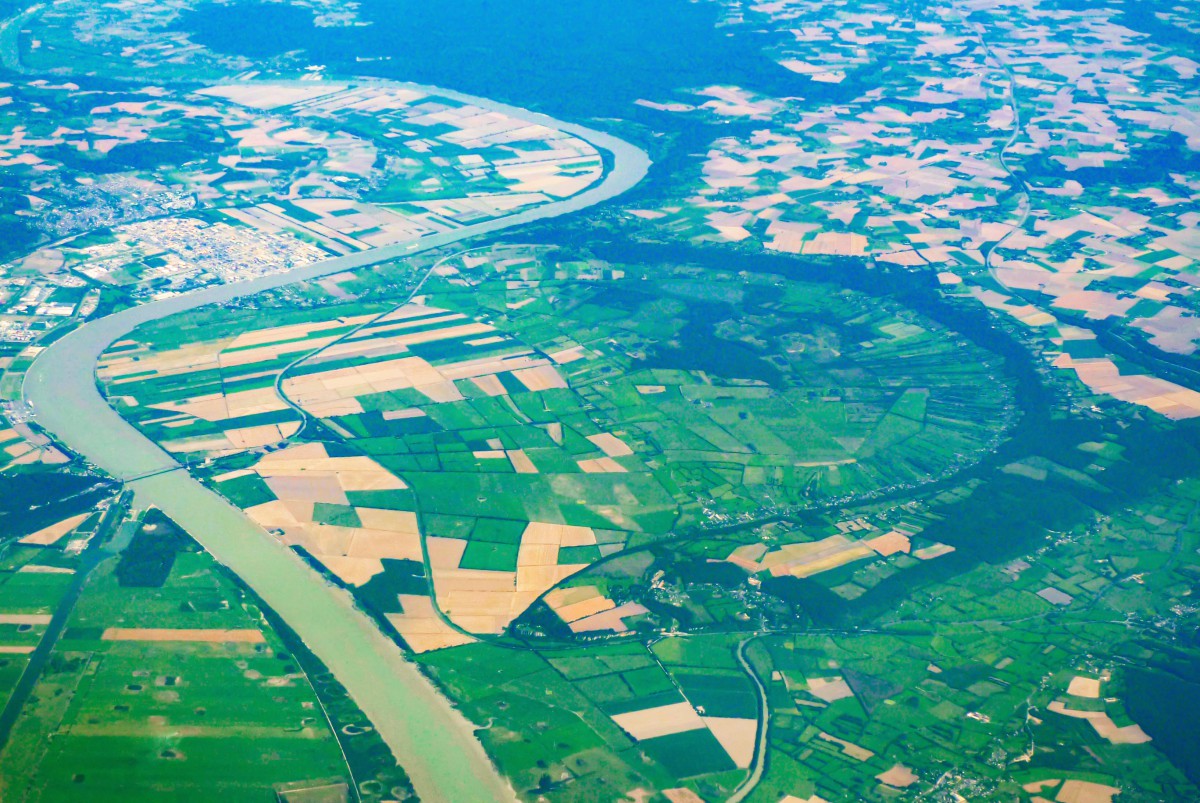

Pin the Rivers in France for later
Liked what you read? Pin the Rivers in France for later:
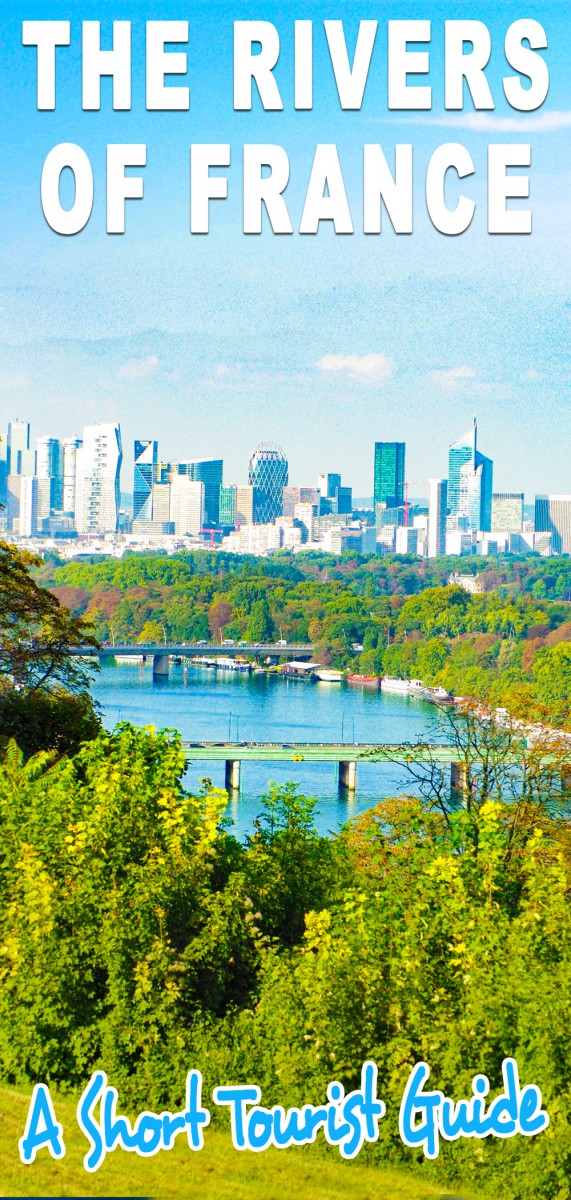

Answers to the Rivers of France Trivia
1. Which river flows in Rouen, Normandy?
- The Seine
2. This is a river in northern France
- The Marne
3. Which is the longest river in France?
- The Loire
4. What is the name of the famous river in Paris?
- The Seine
5. What is the name of the river of Grenoble in the French Alps?
- The Isère

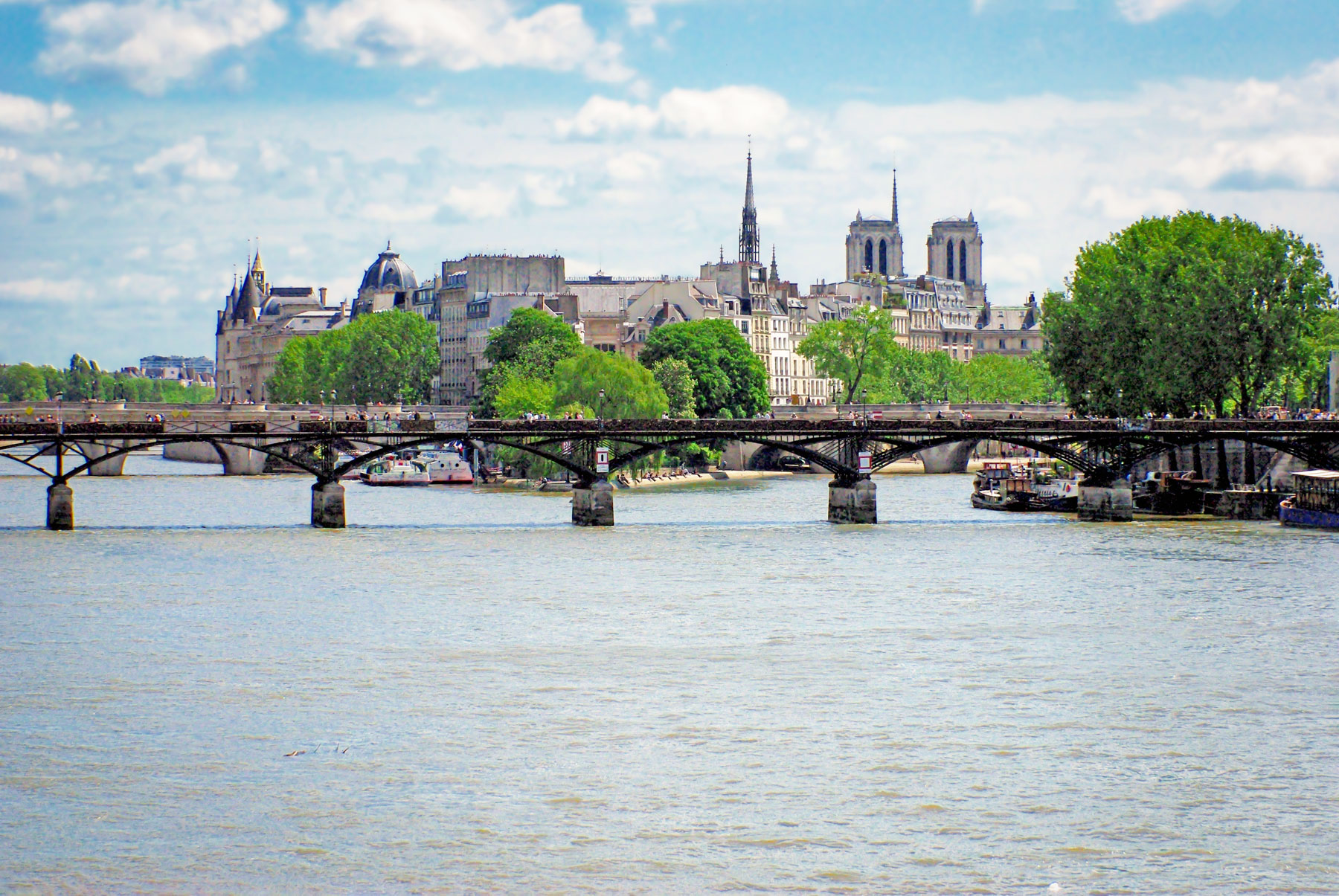



Wonderful article! So much detail and history. I can’t wait to get back to France and explore the 2 big rivers I haven’t seen.
Thank you for sharing!
Lisa
Monalisi Travel
You’re welcome Lisa! Thank you for reading 🙂
Excellent post…very informative….thank you for posting….plan on going back to France when there is a vaccine for the Corona Virus…
Thank you very much… in that case I hope the vaccine will be found and made available very soon! 🙂